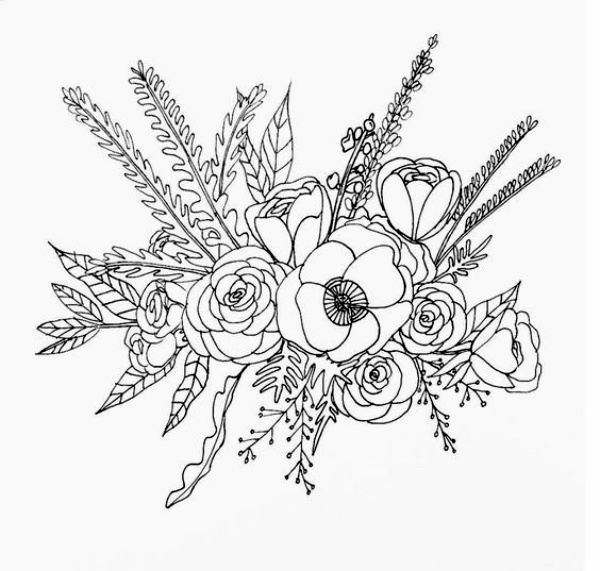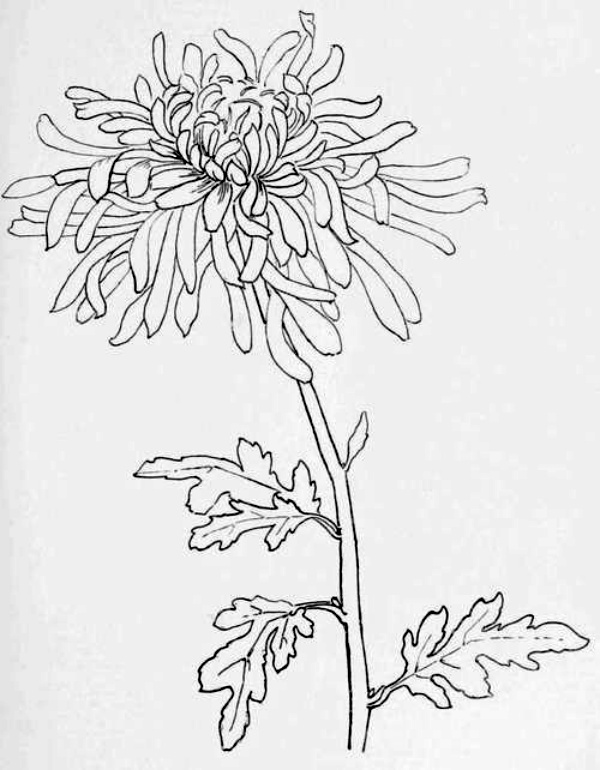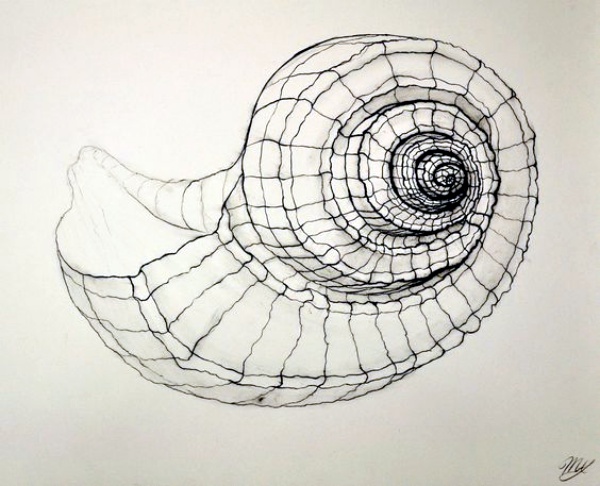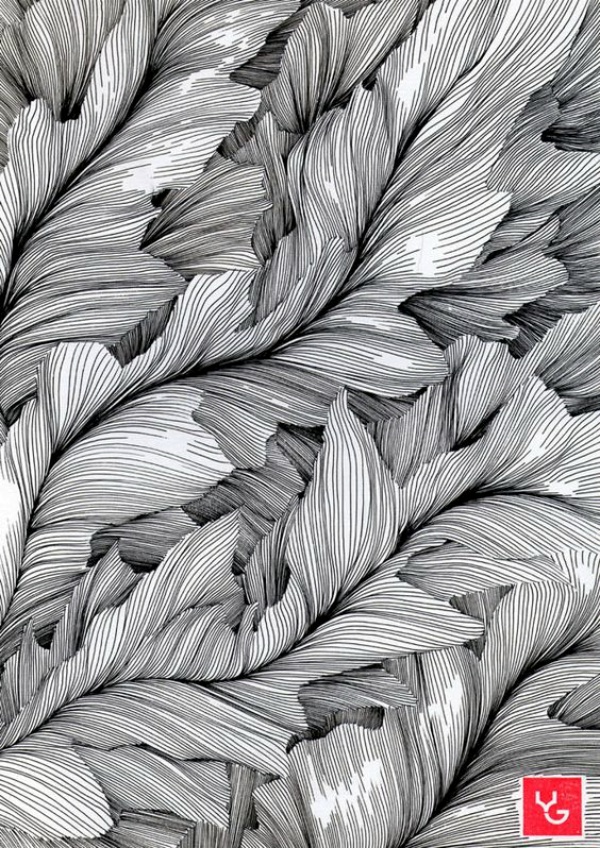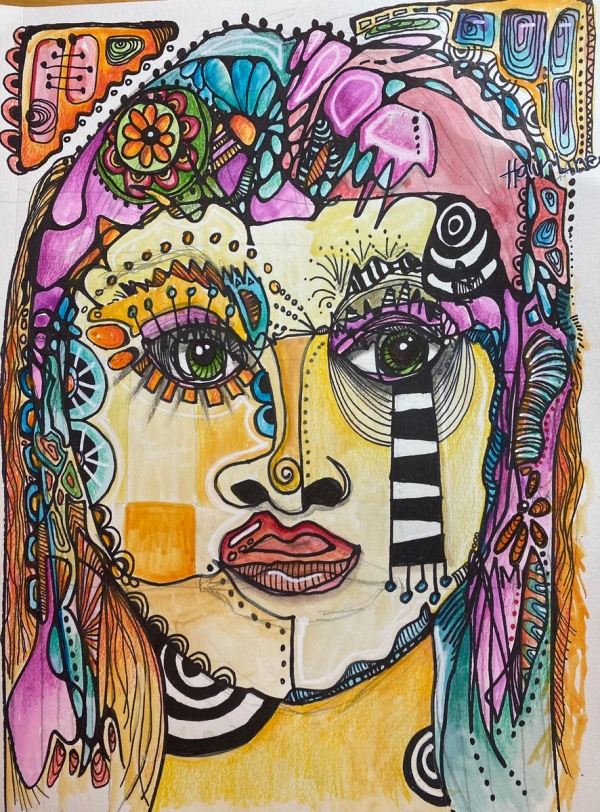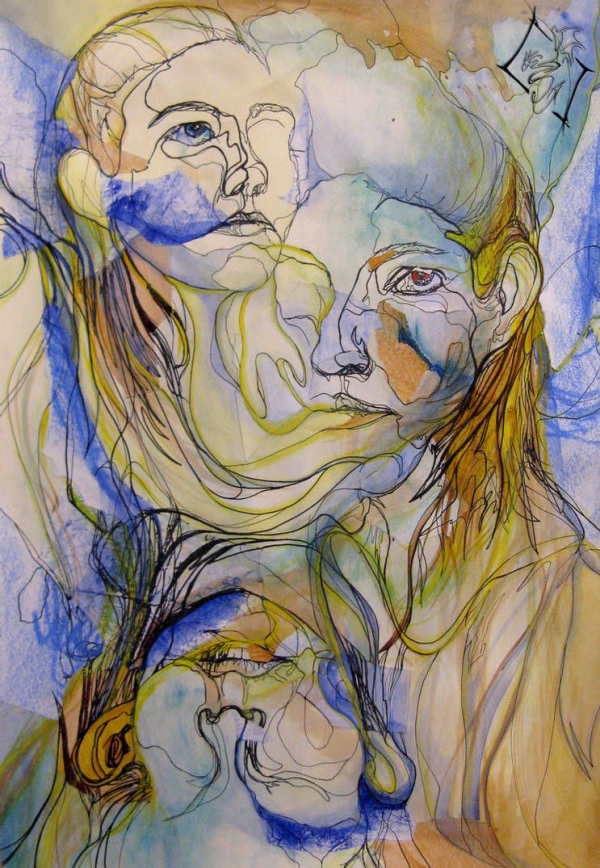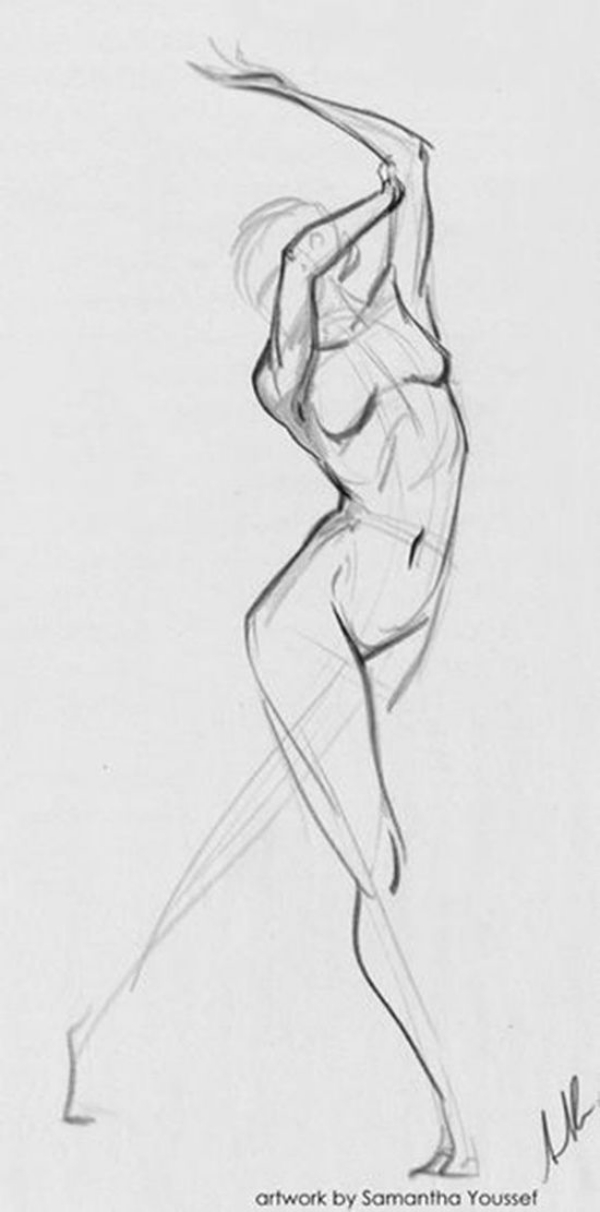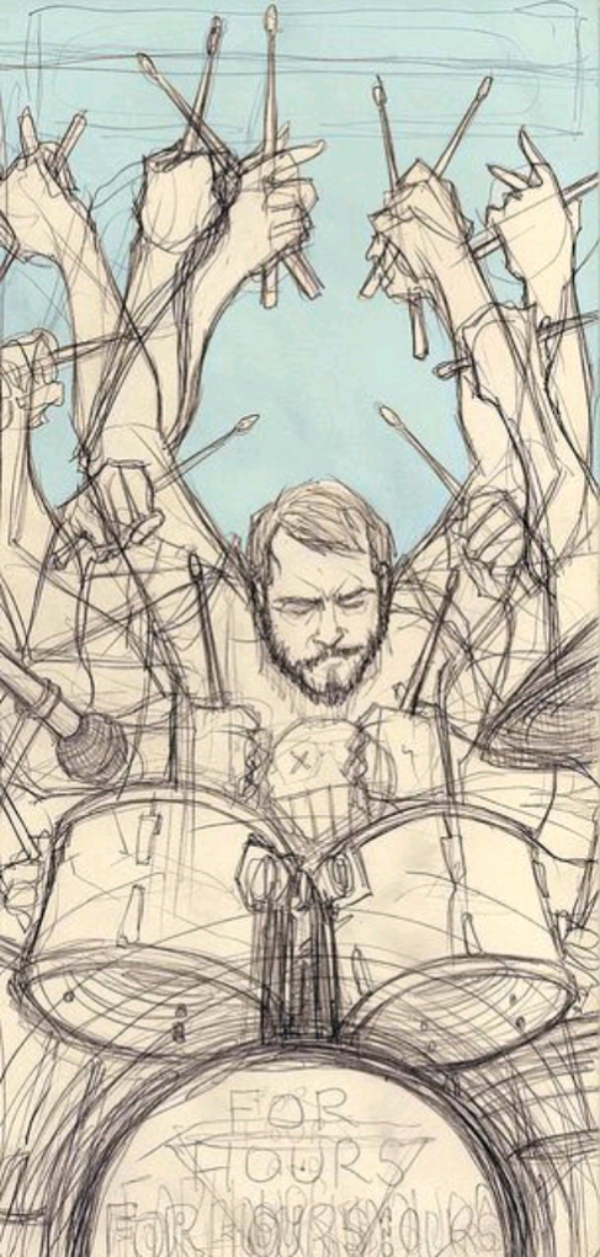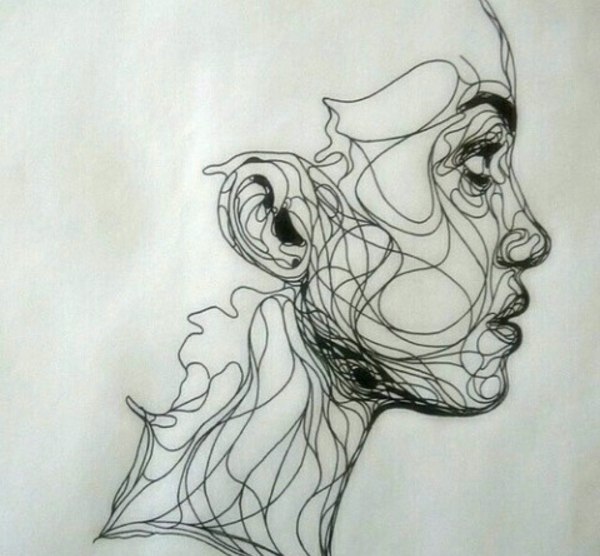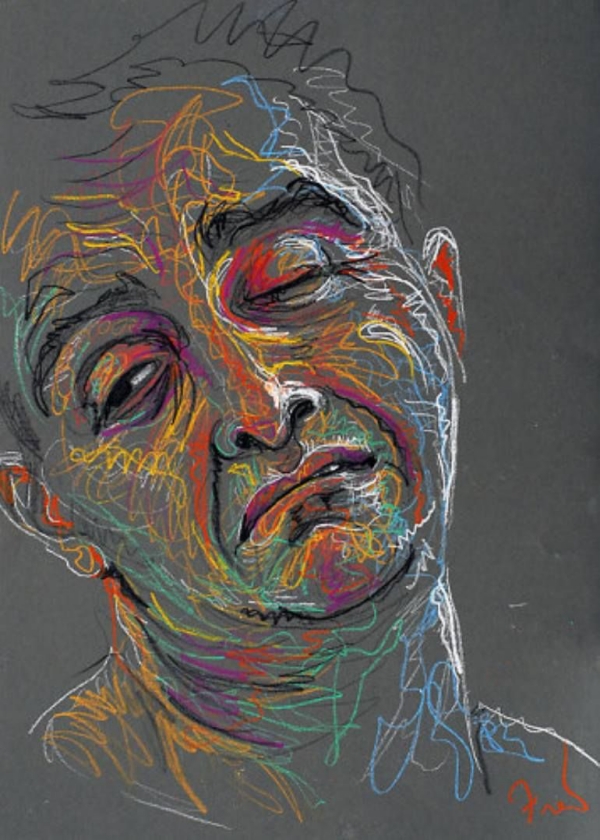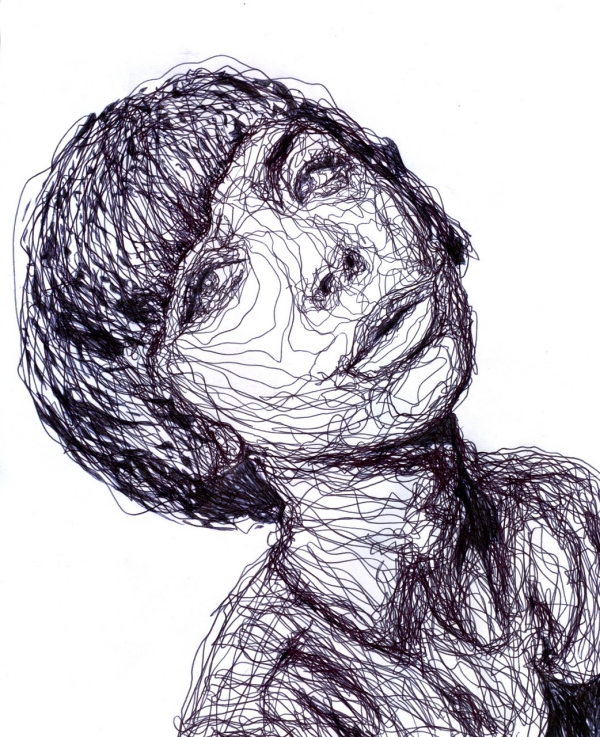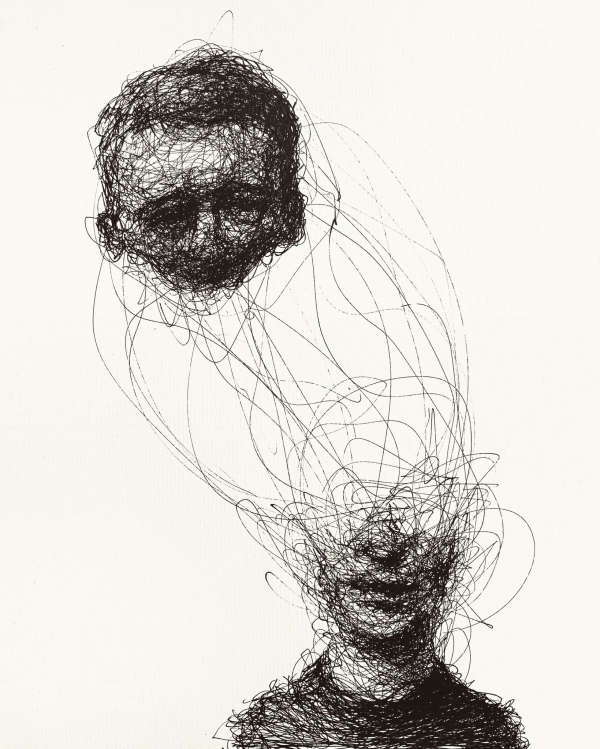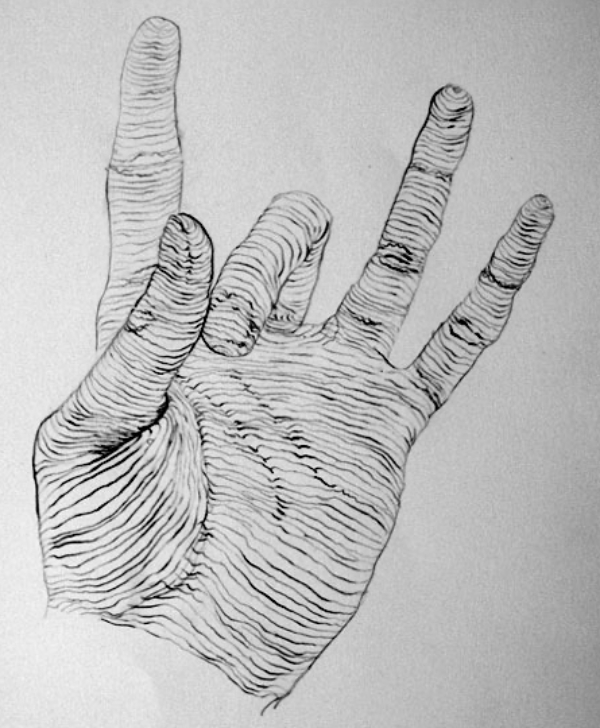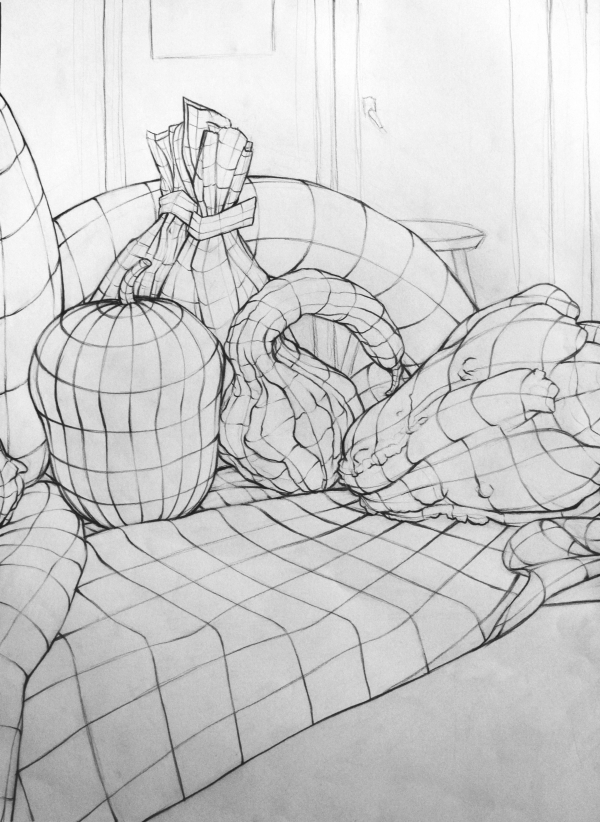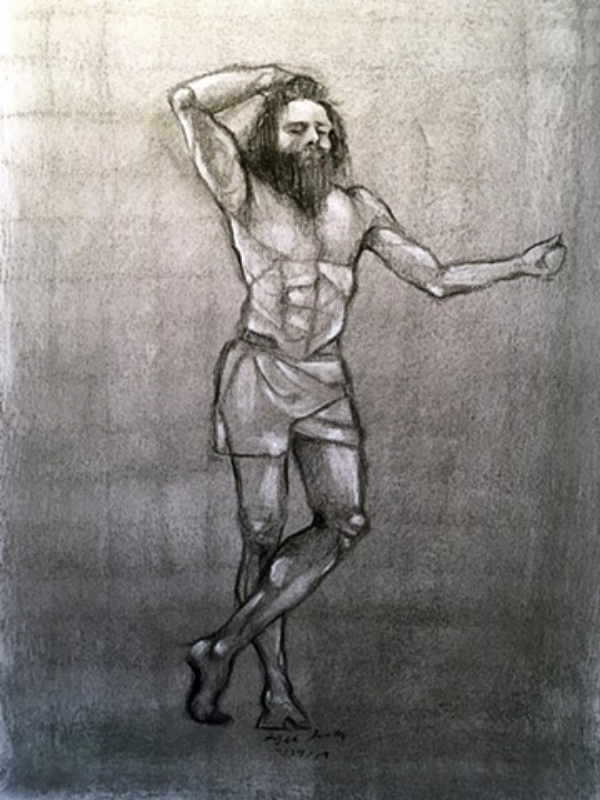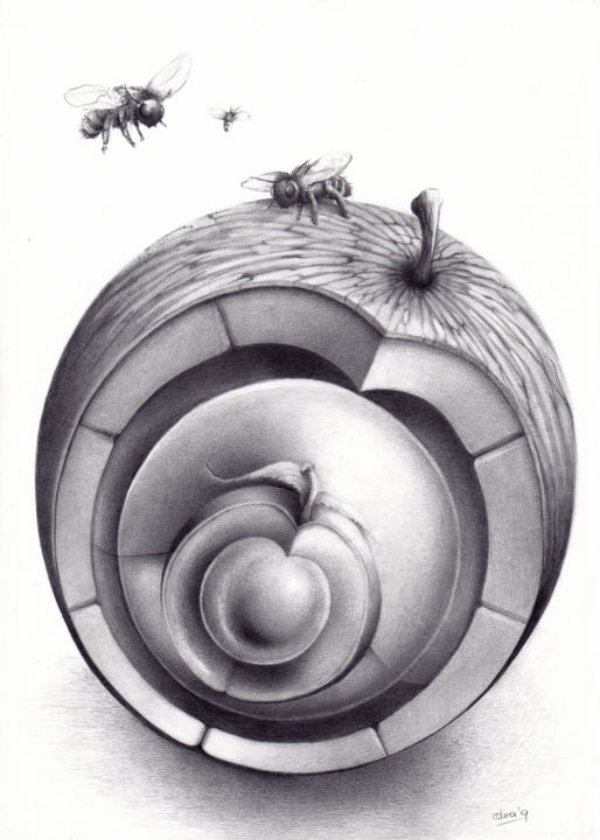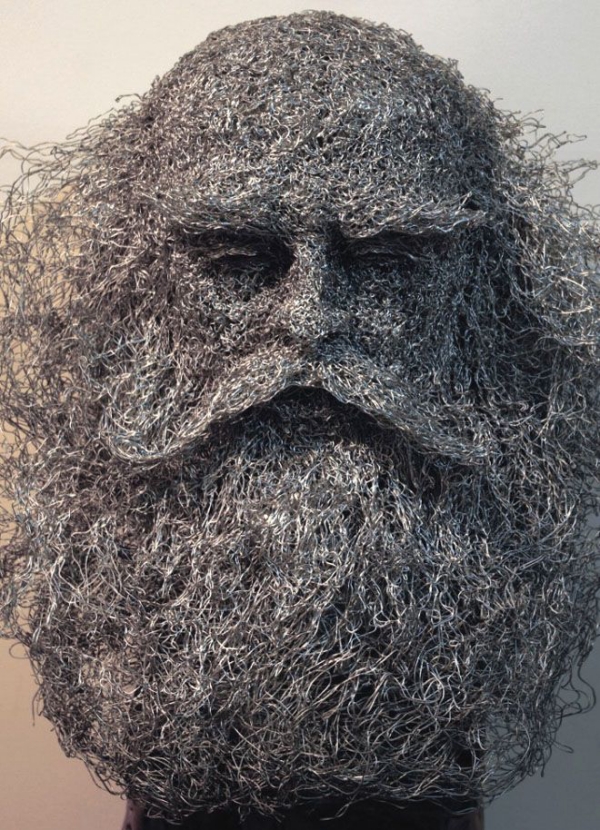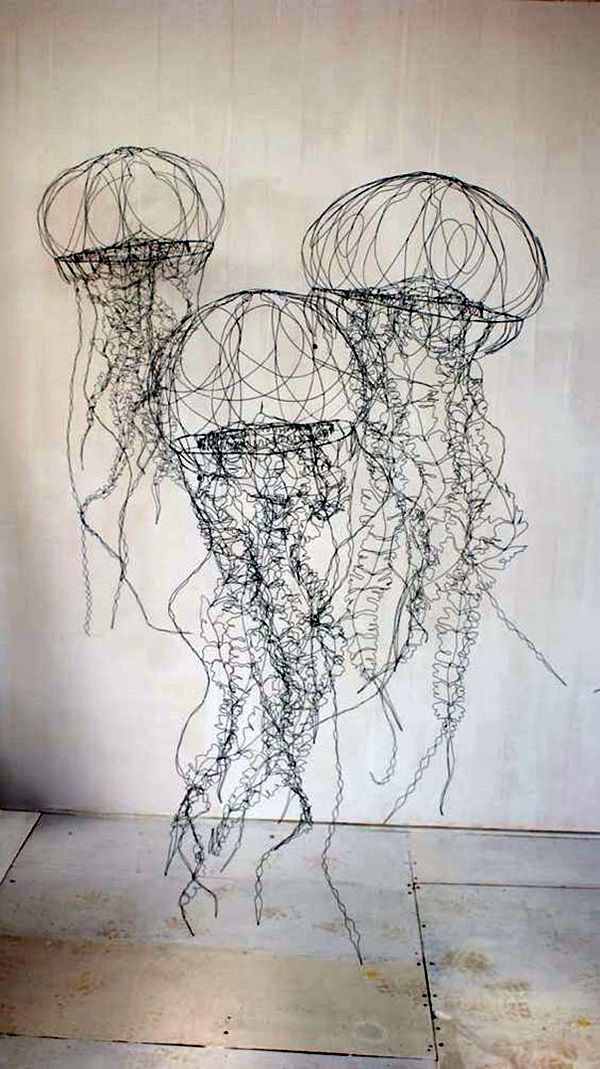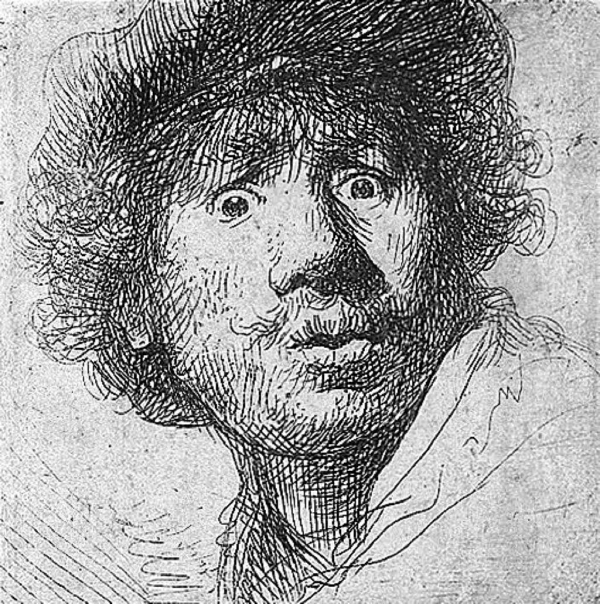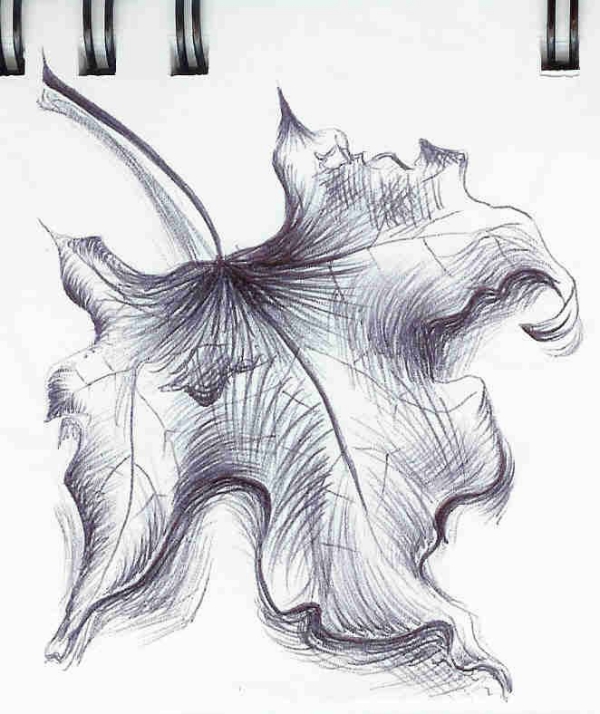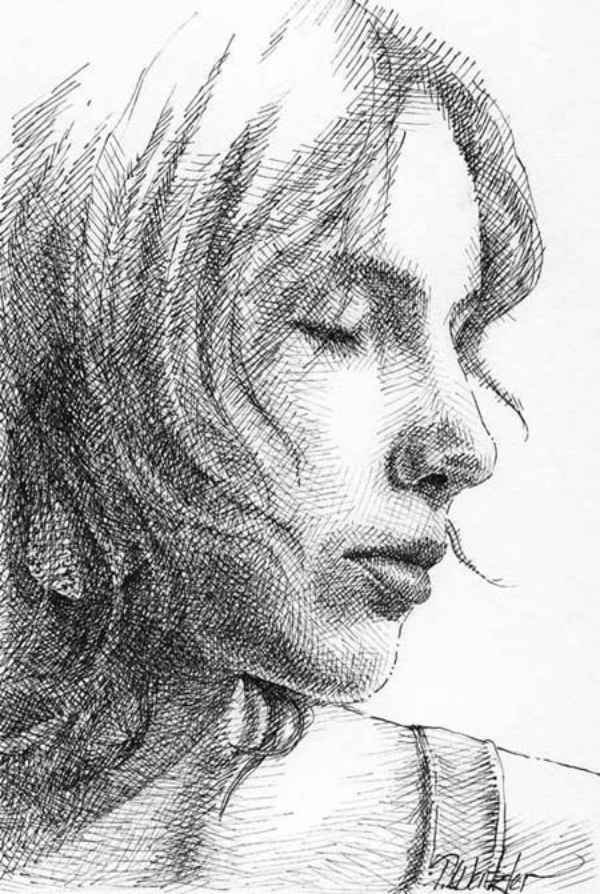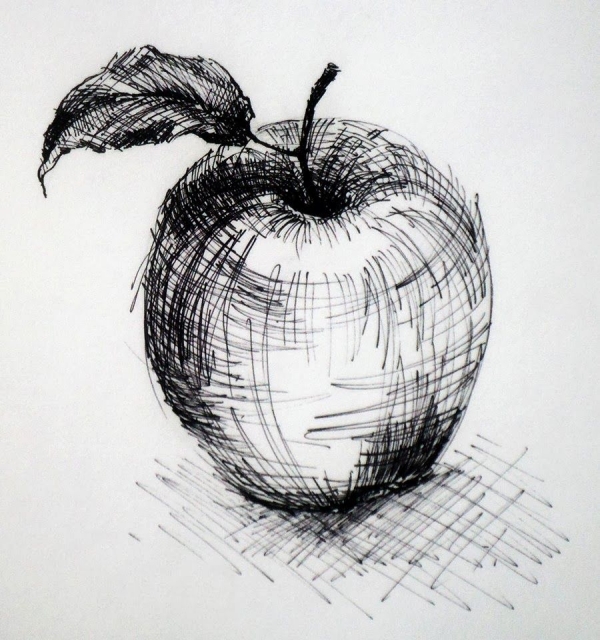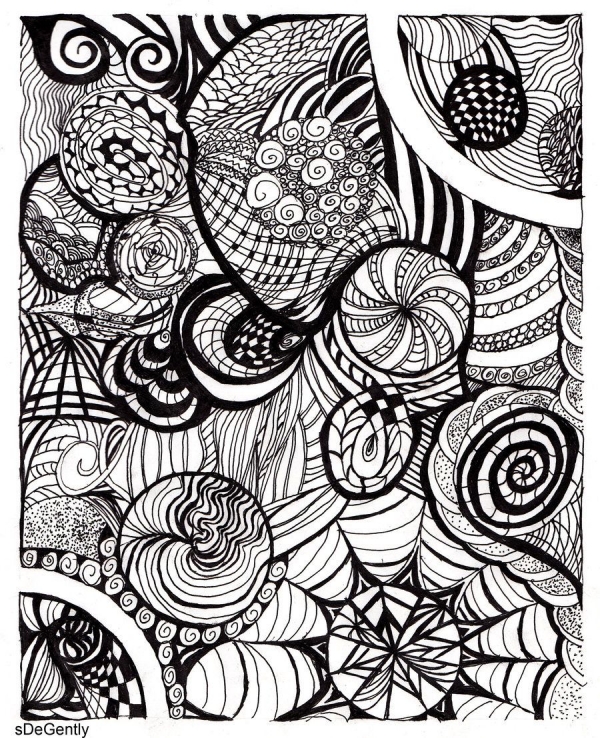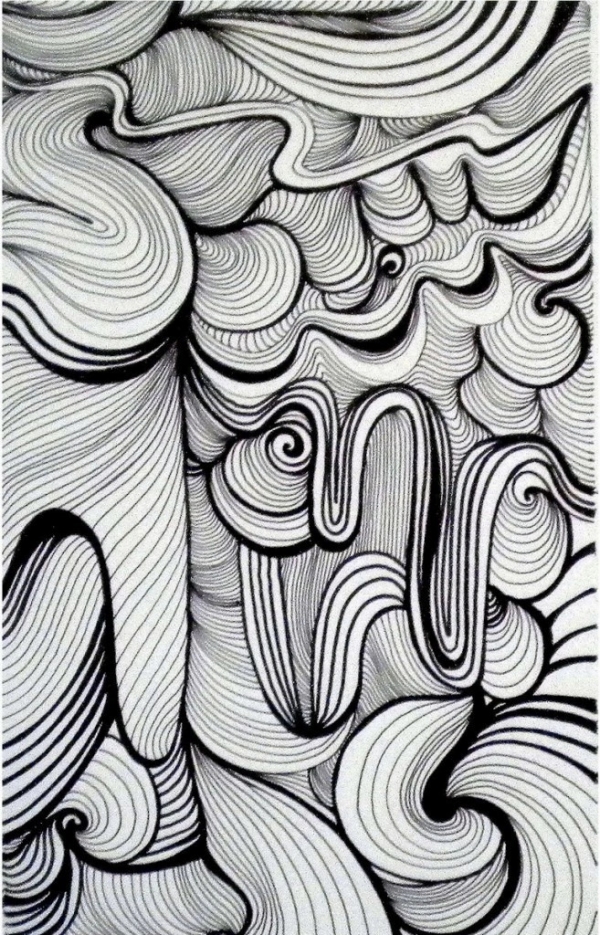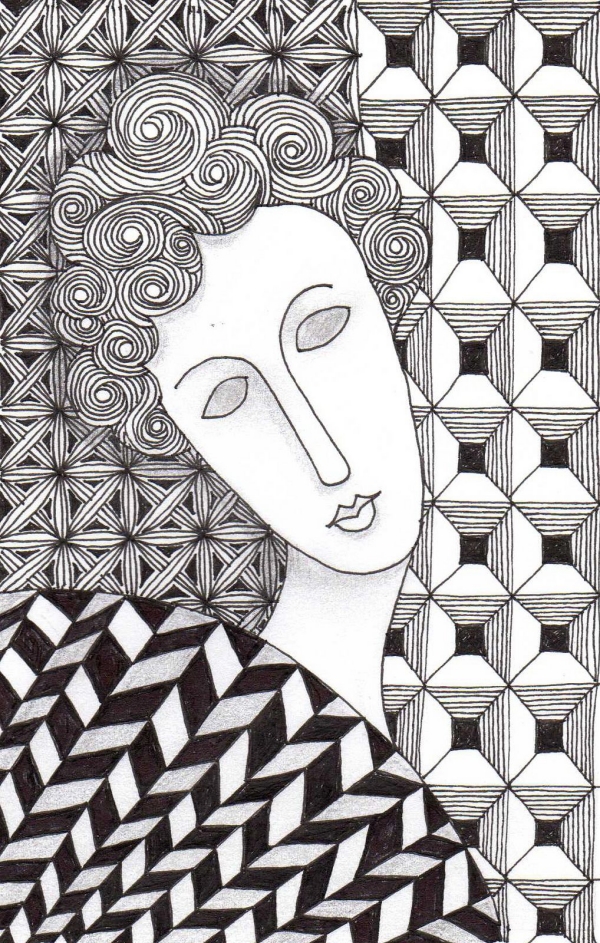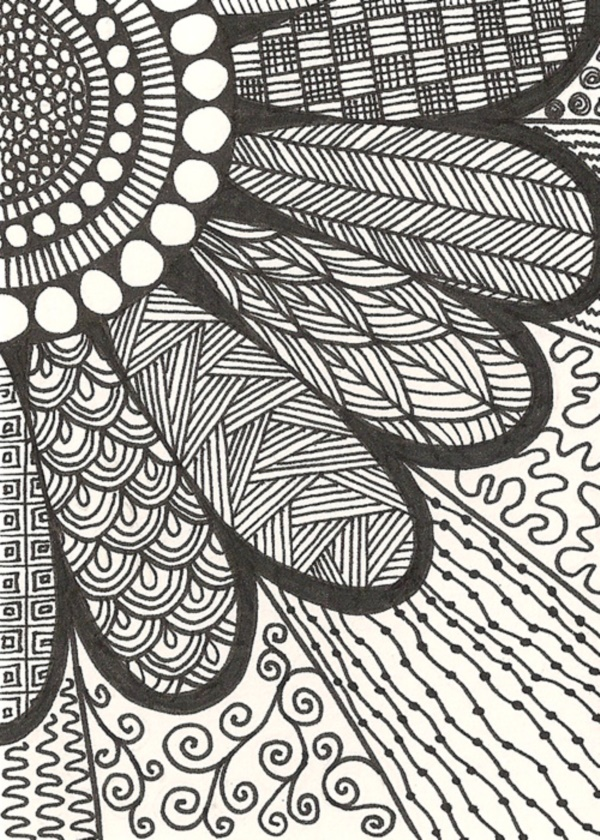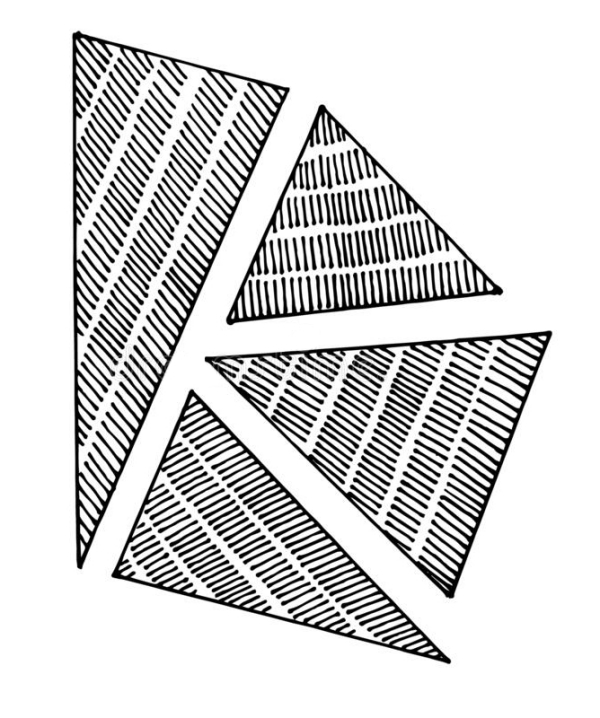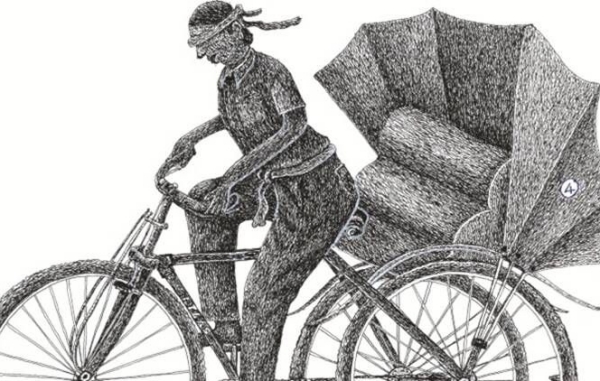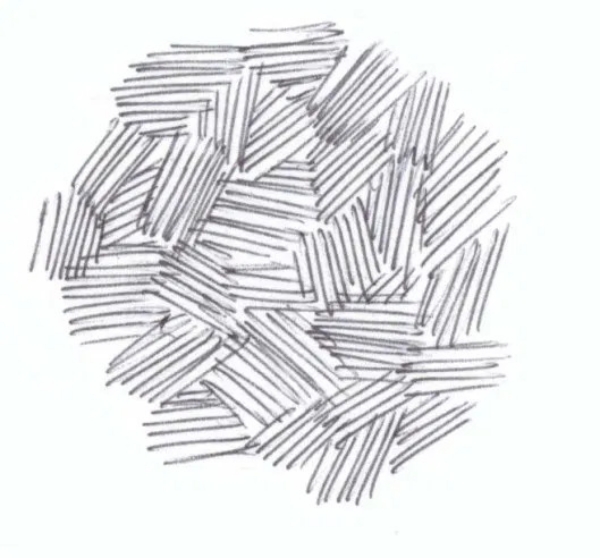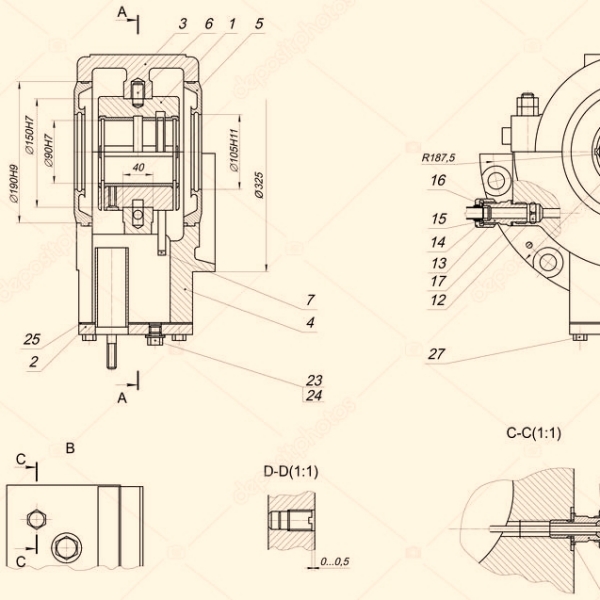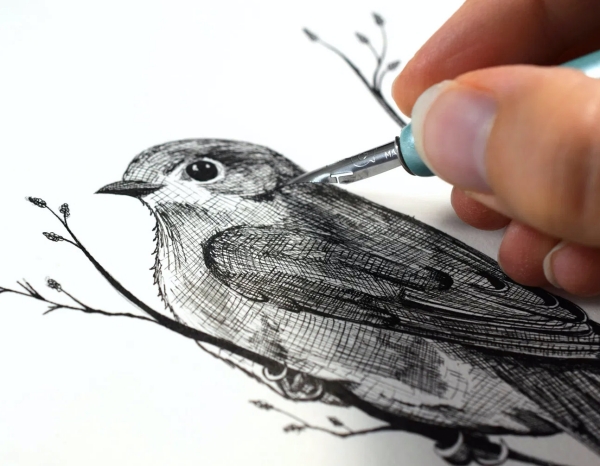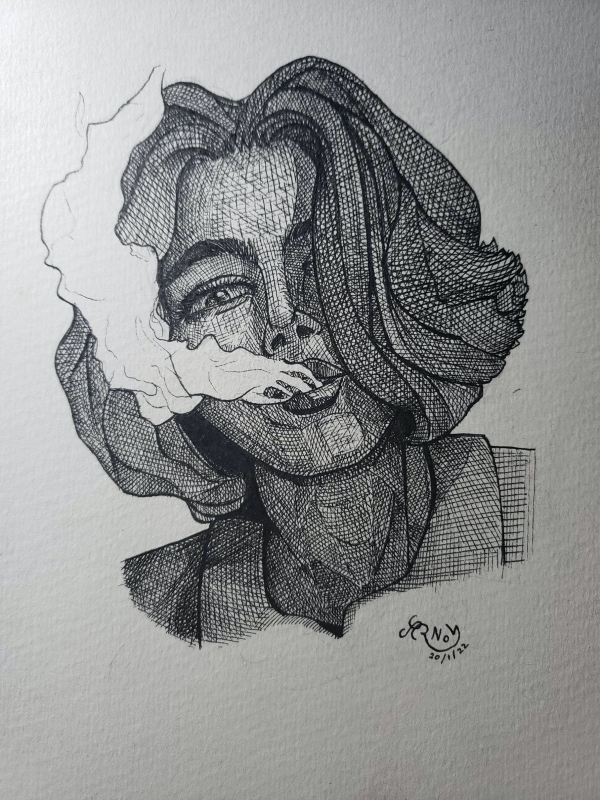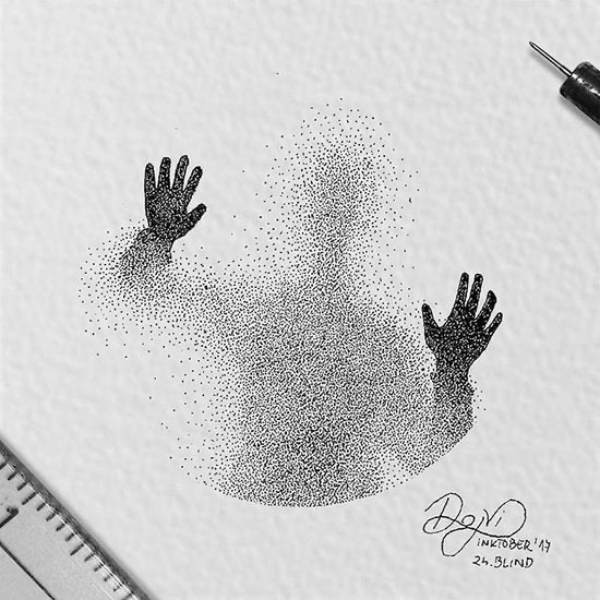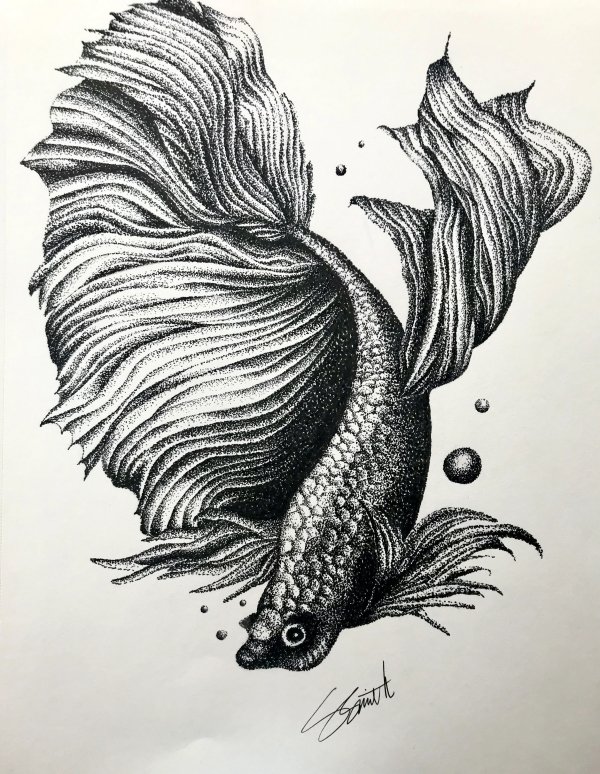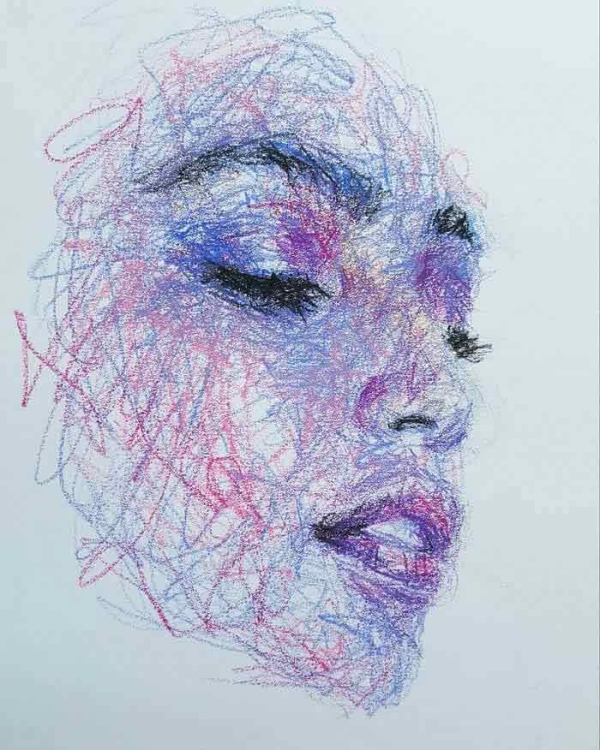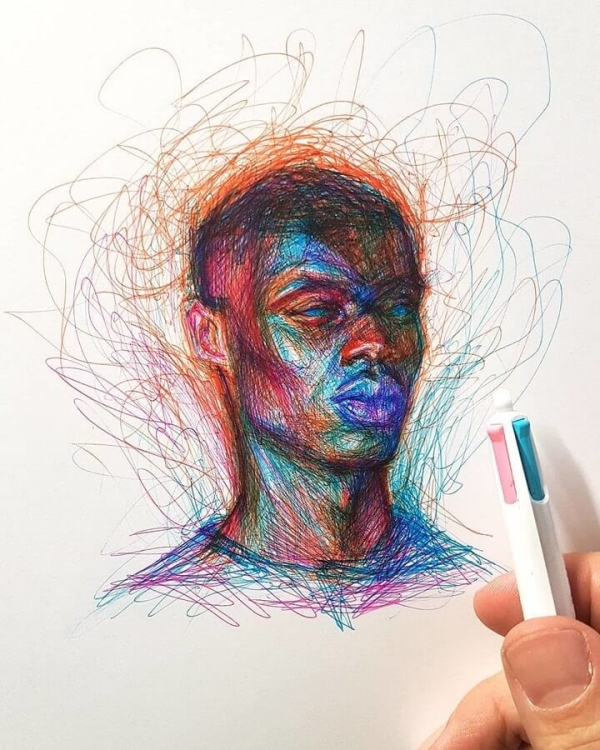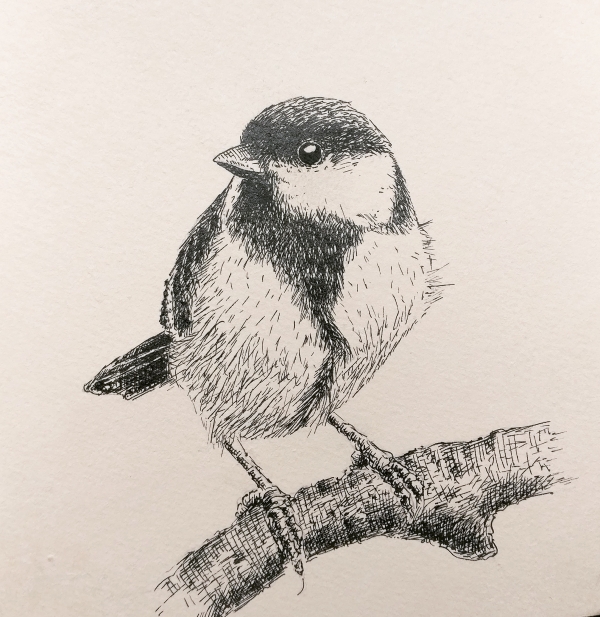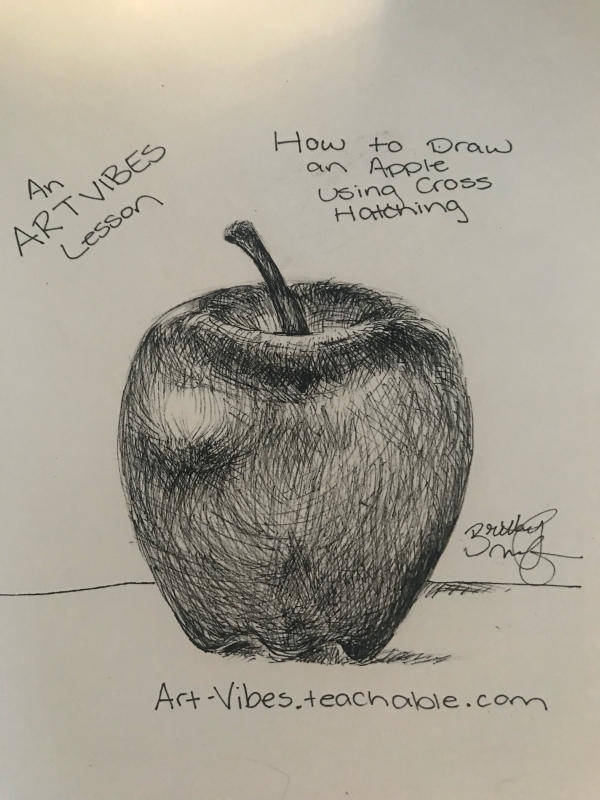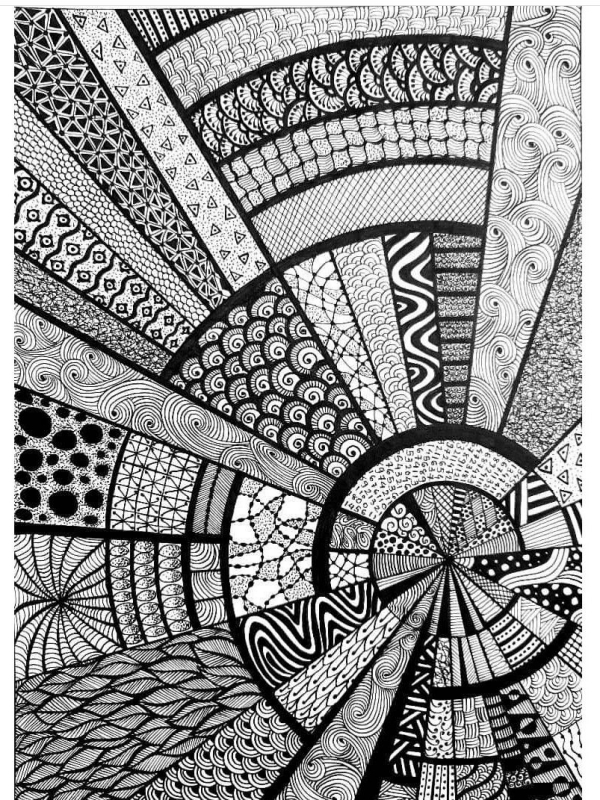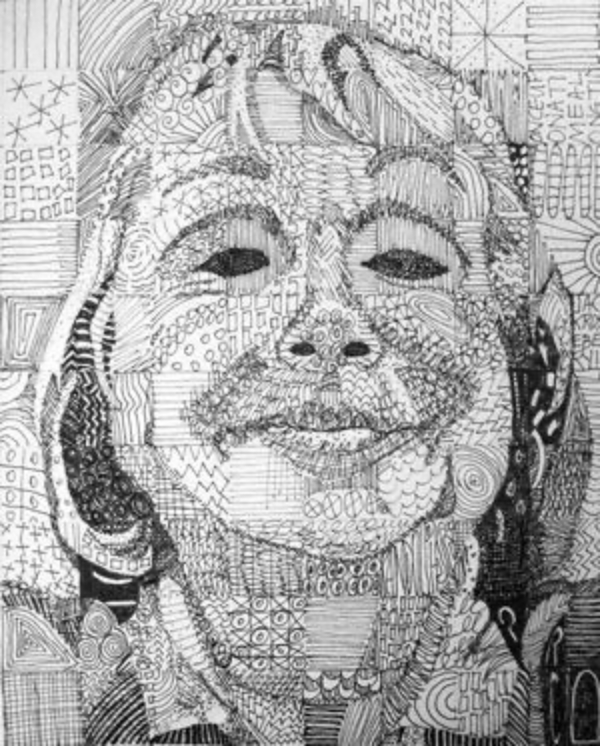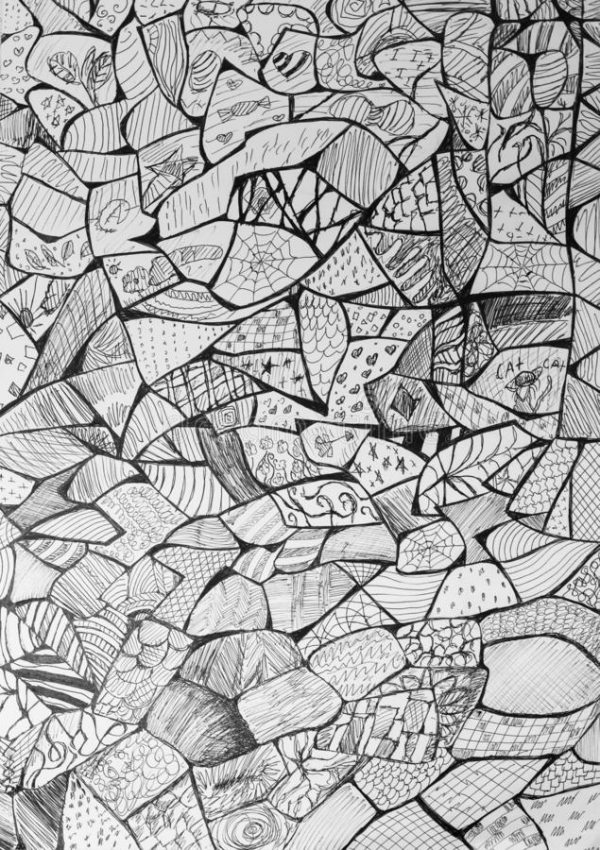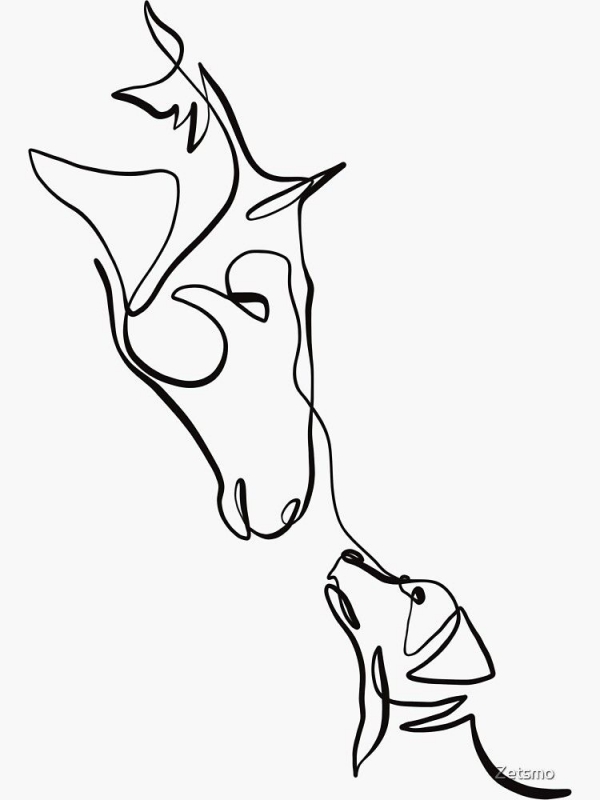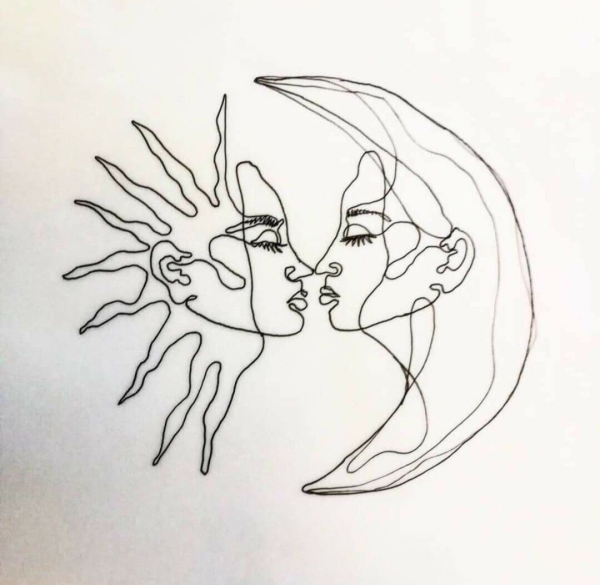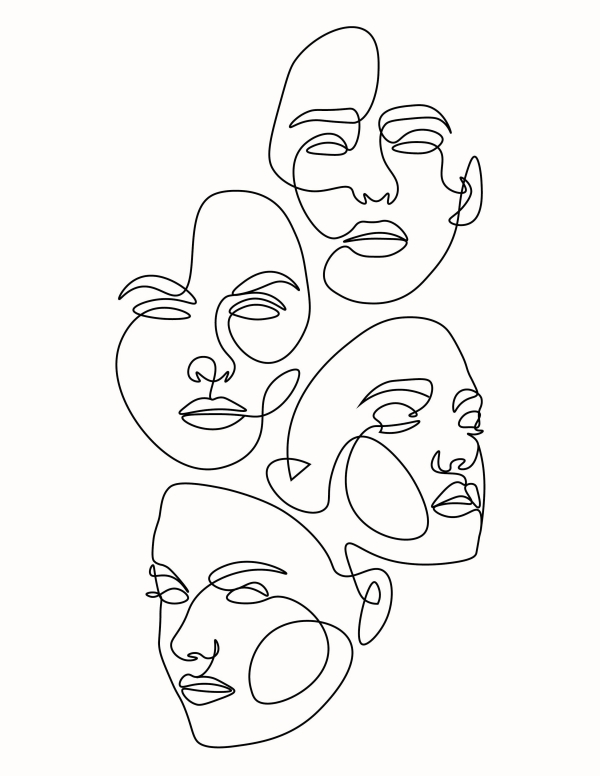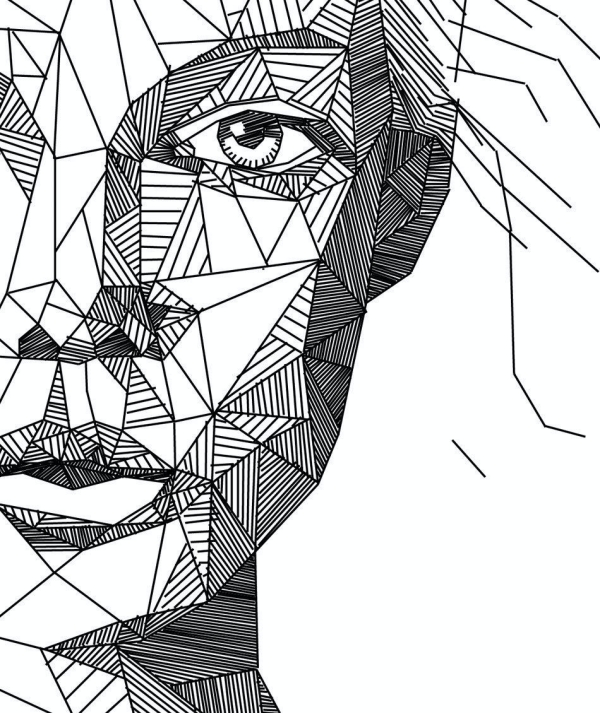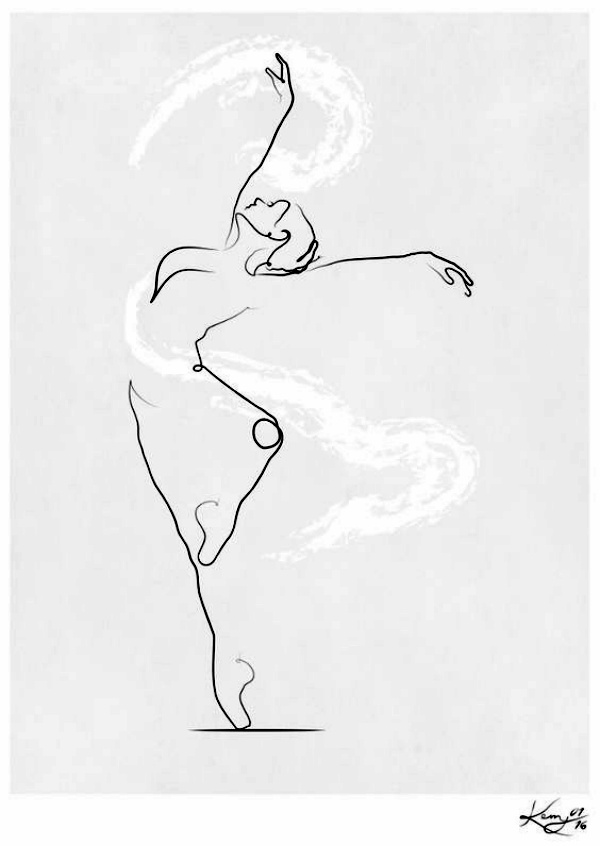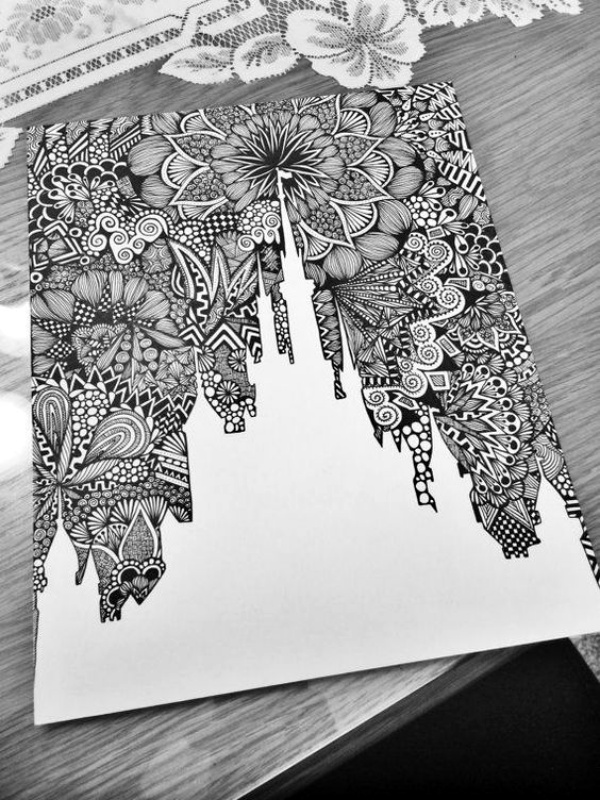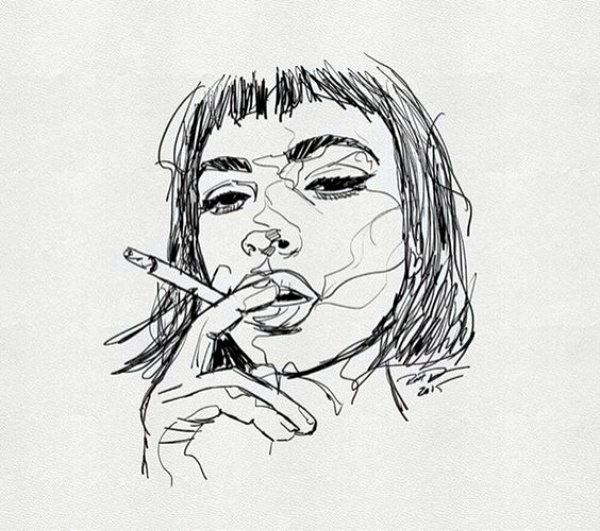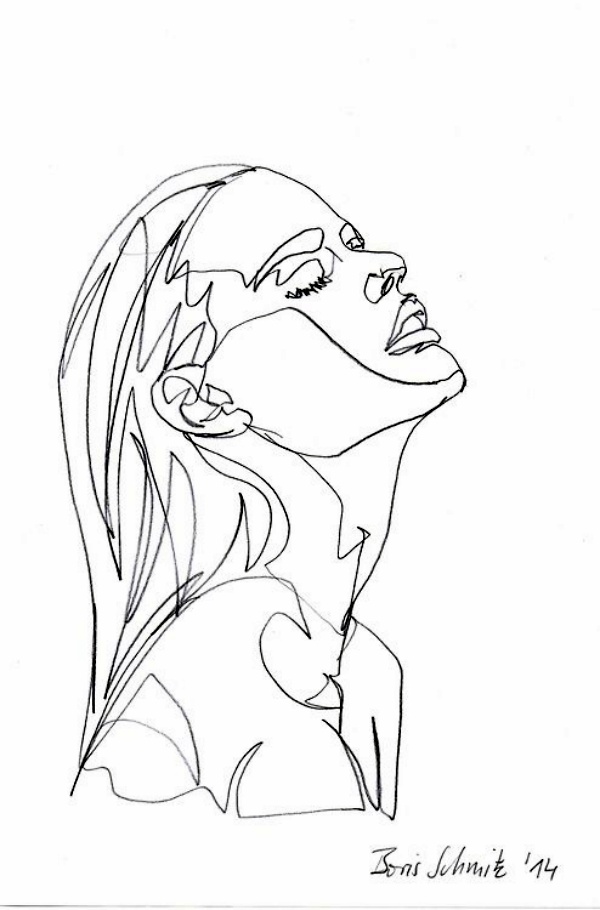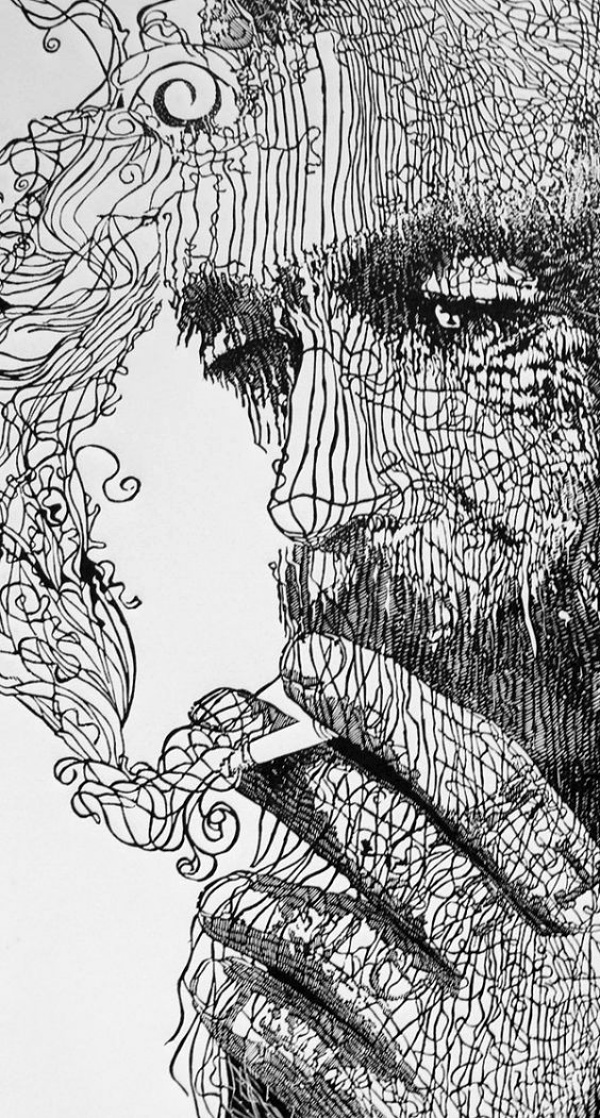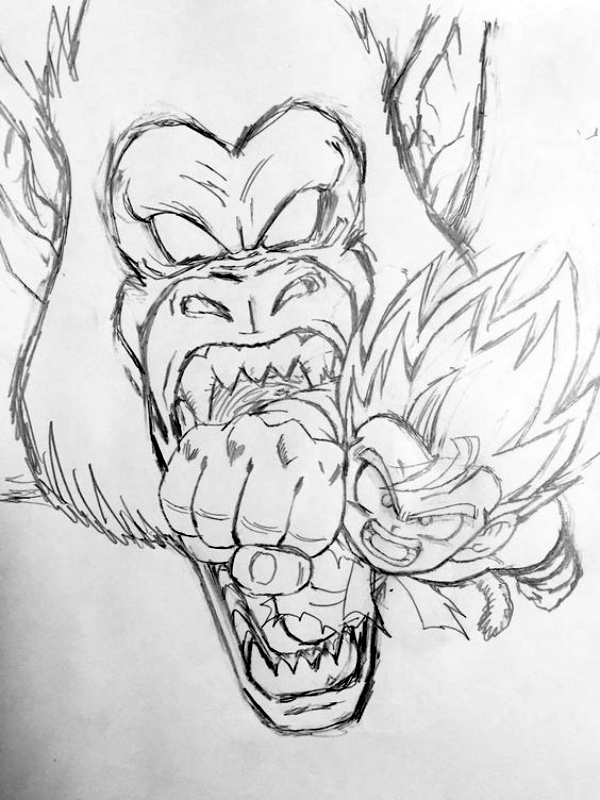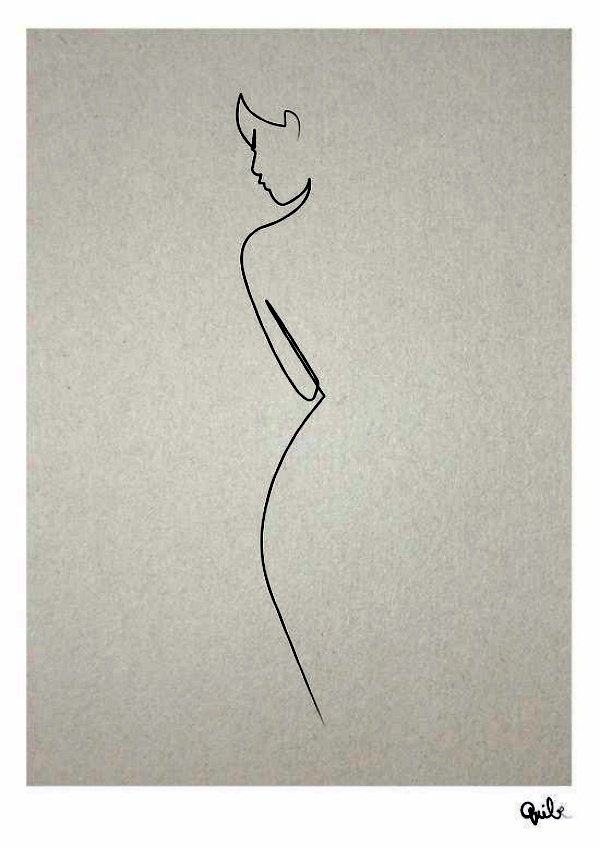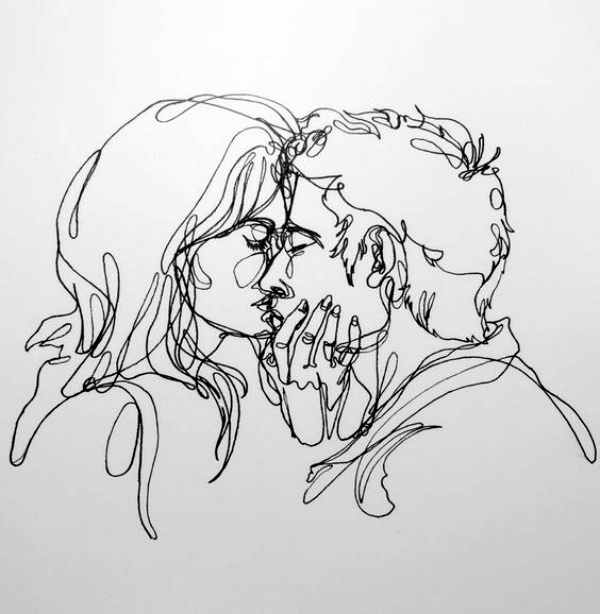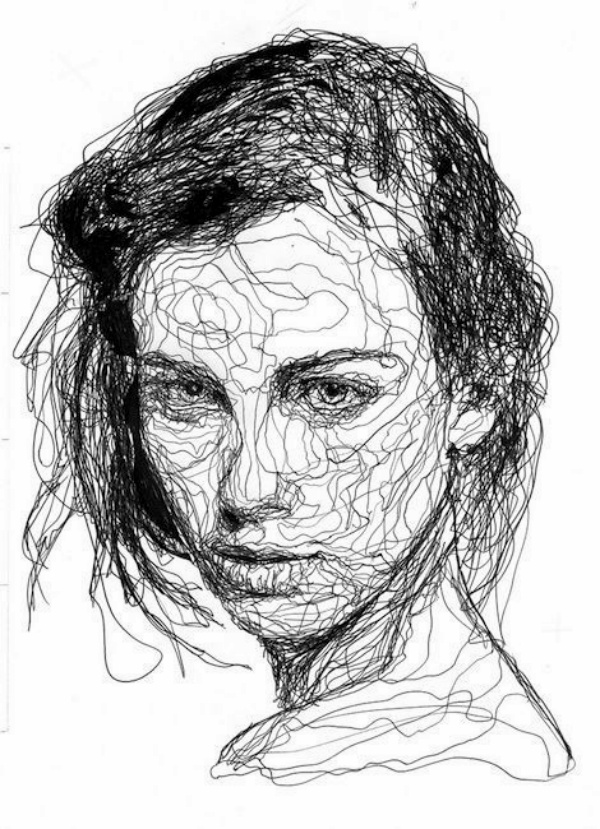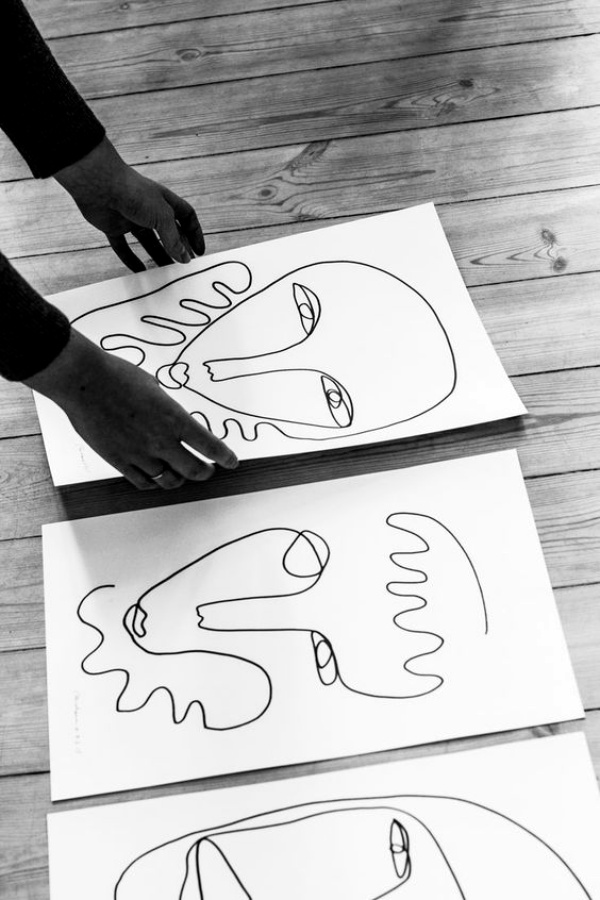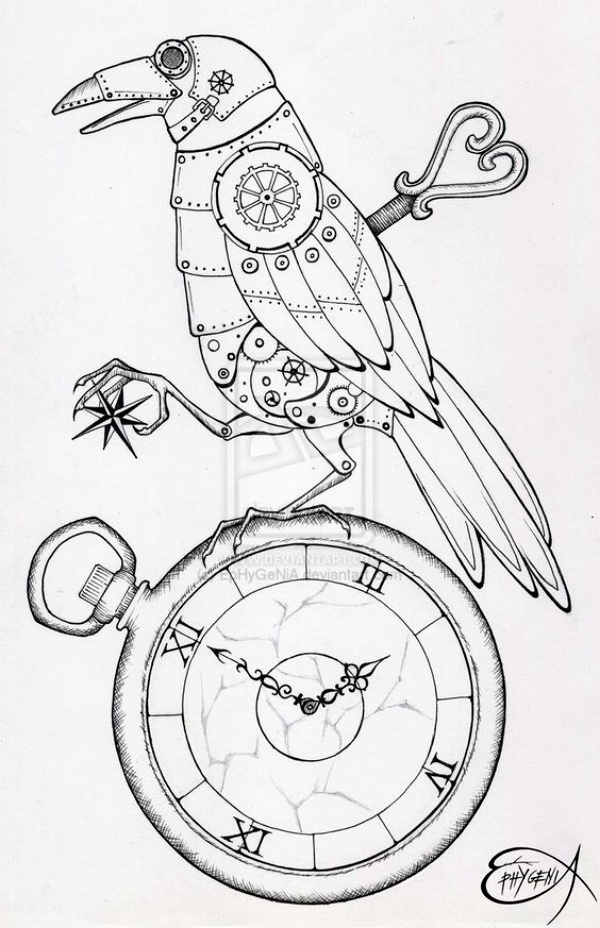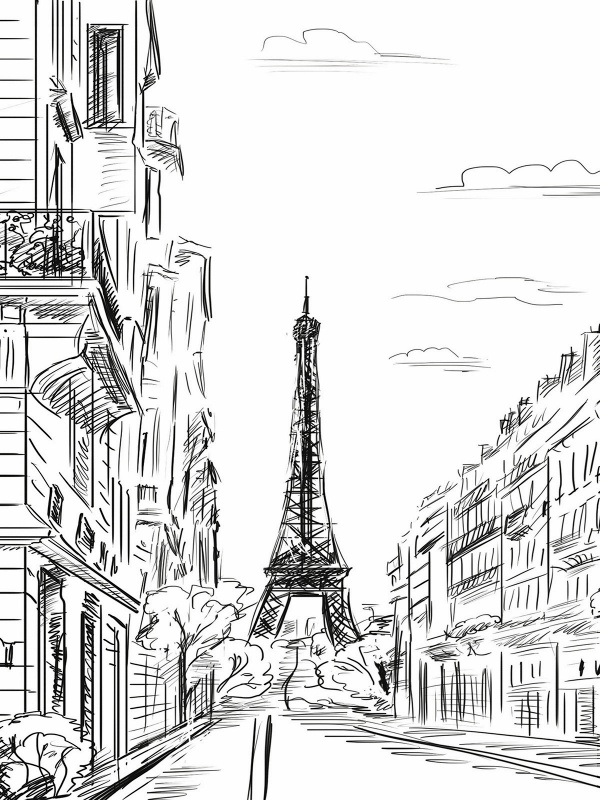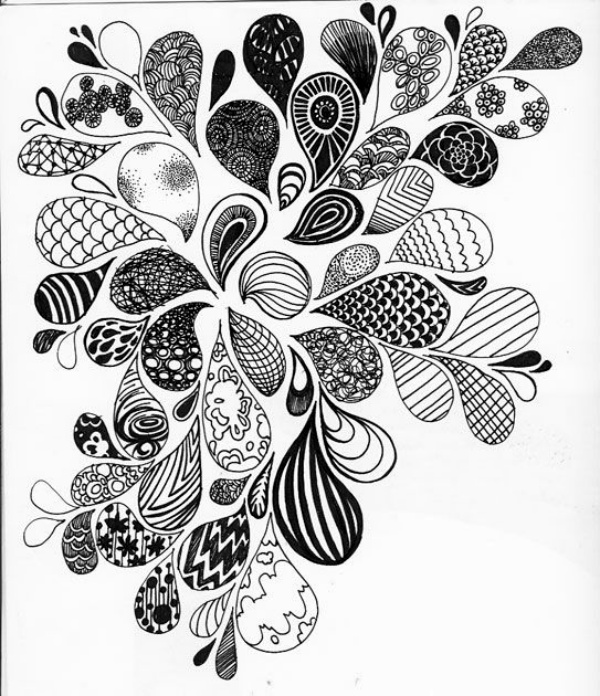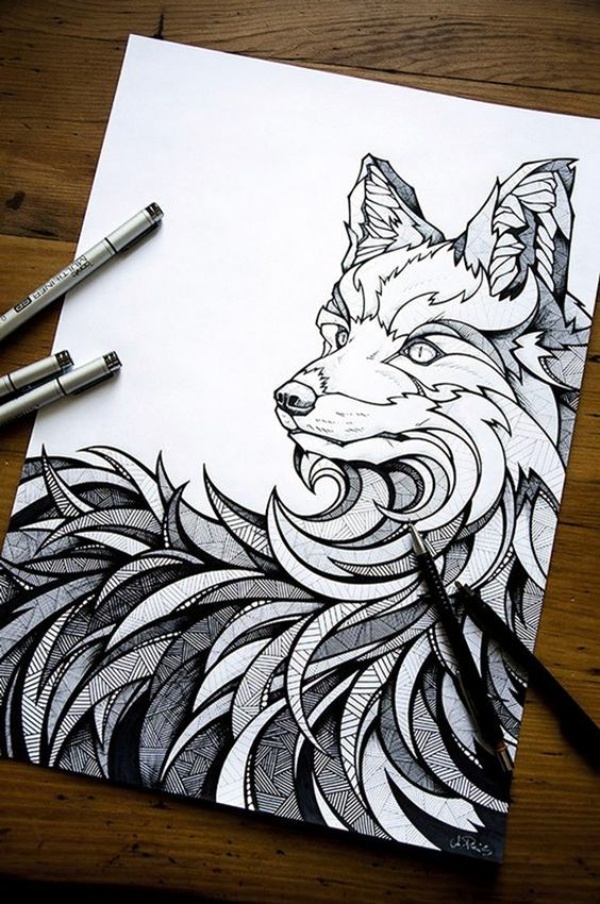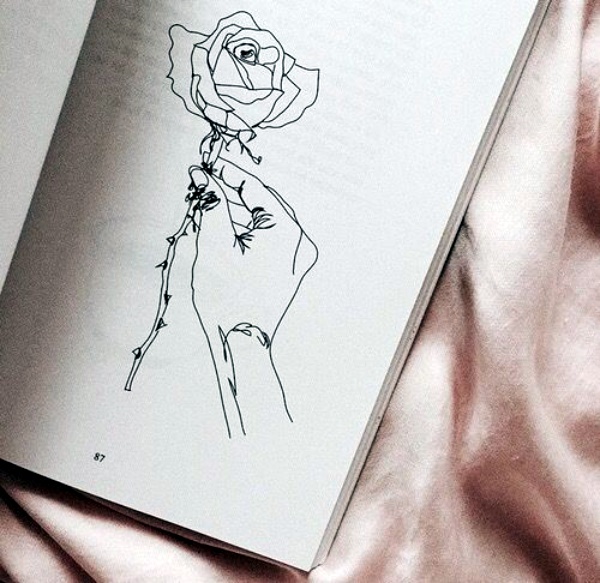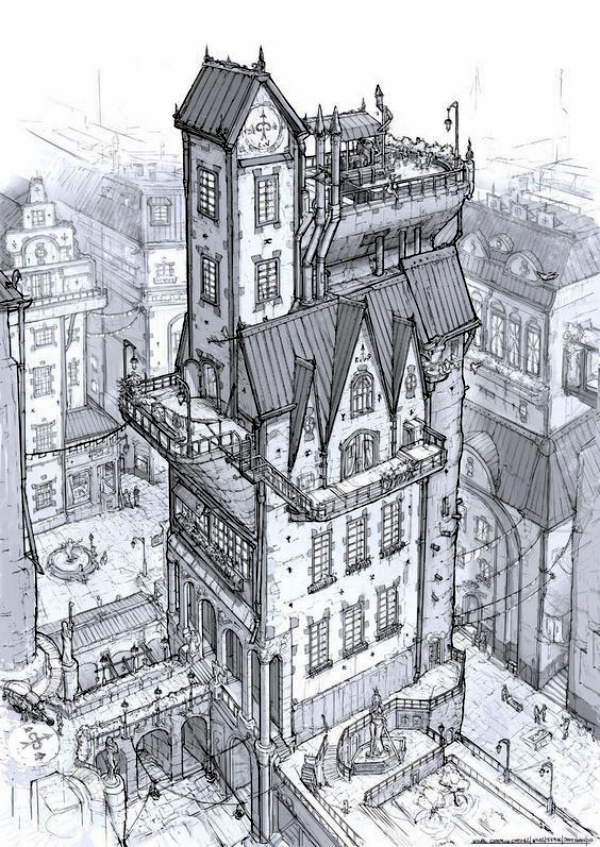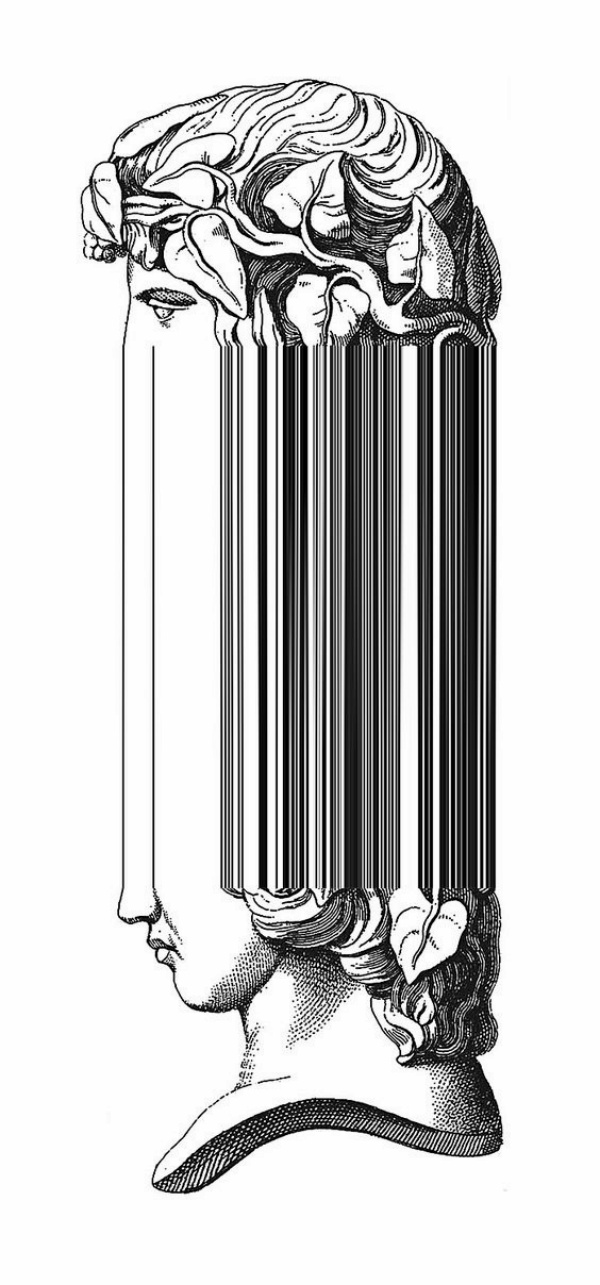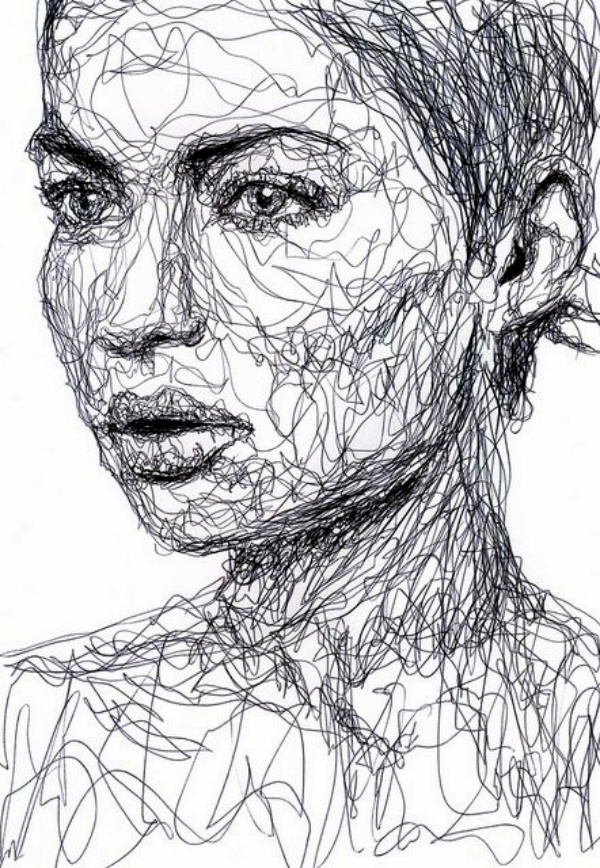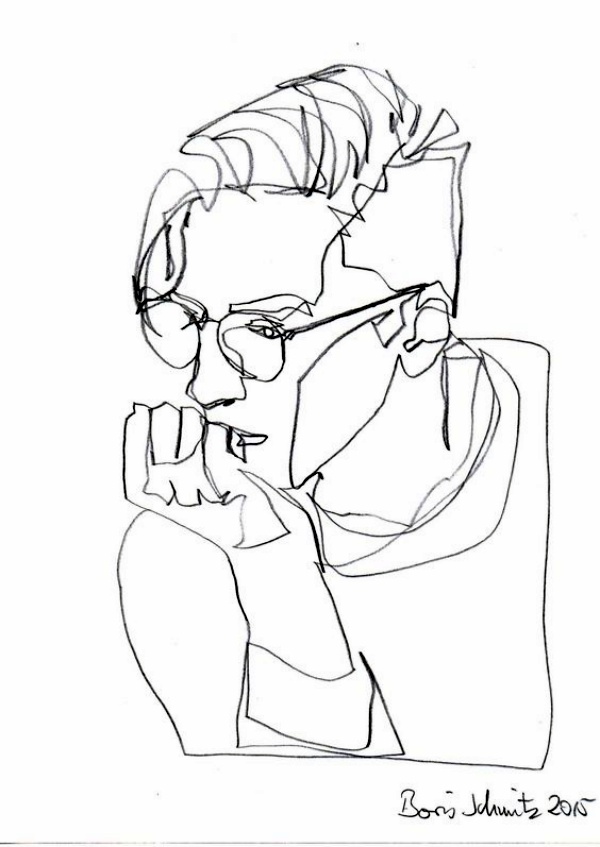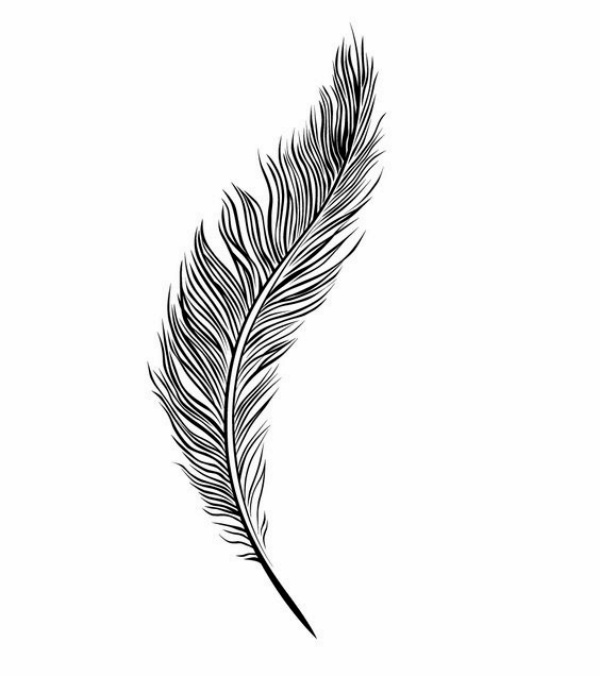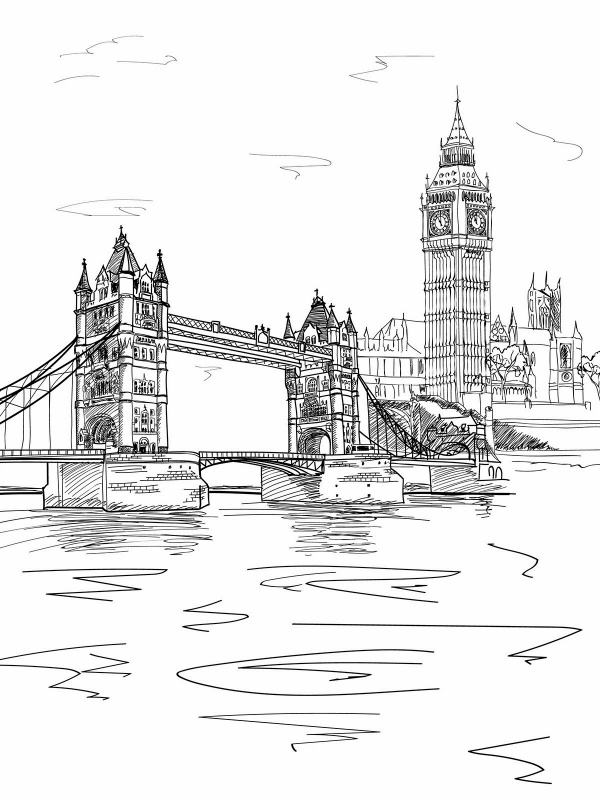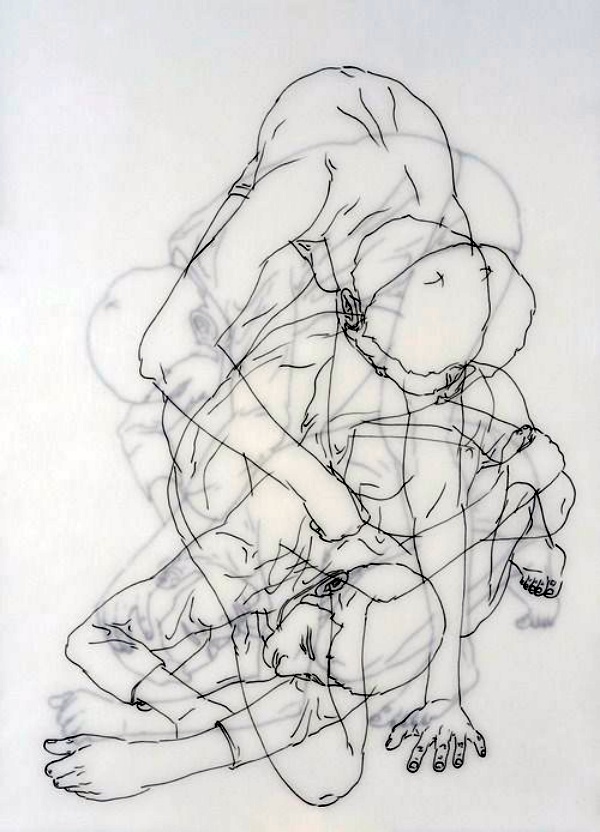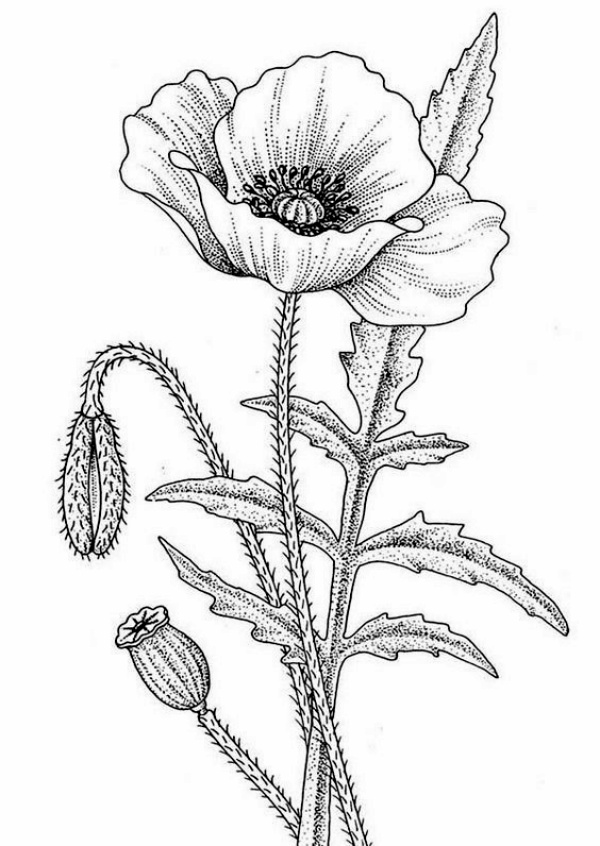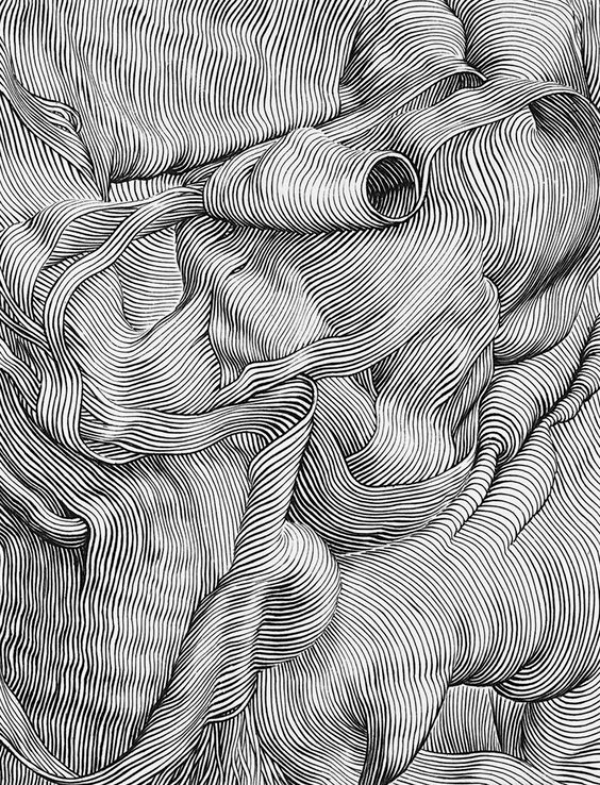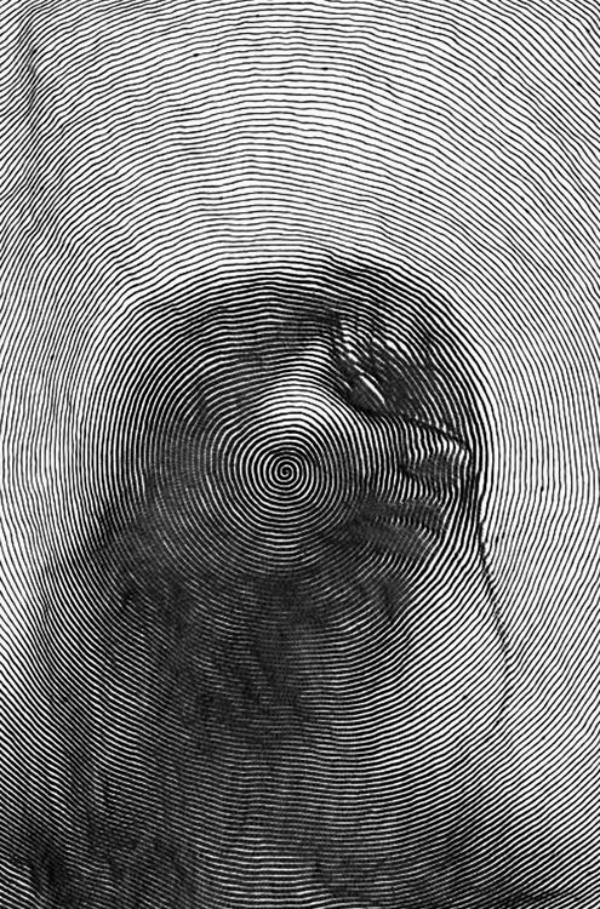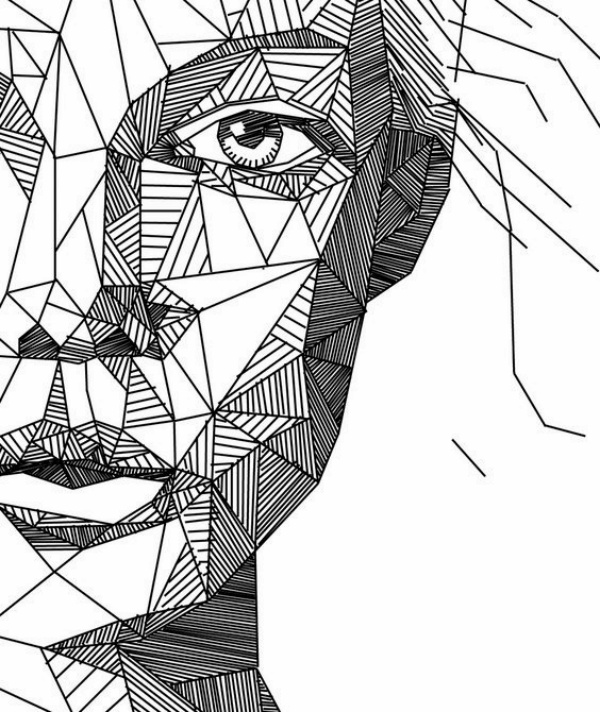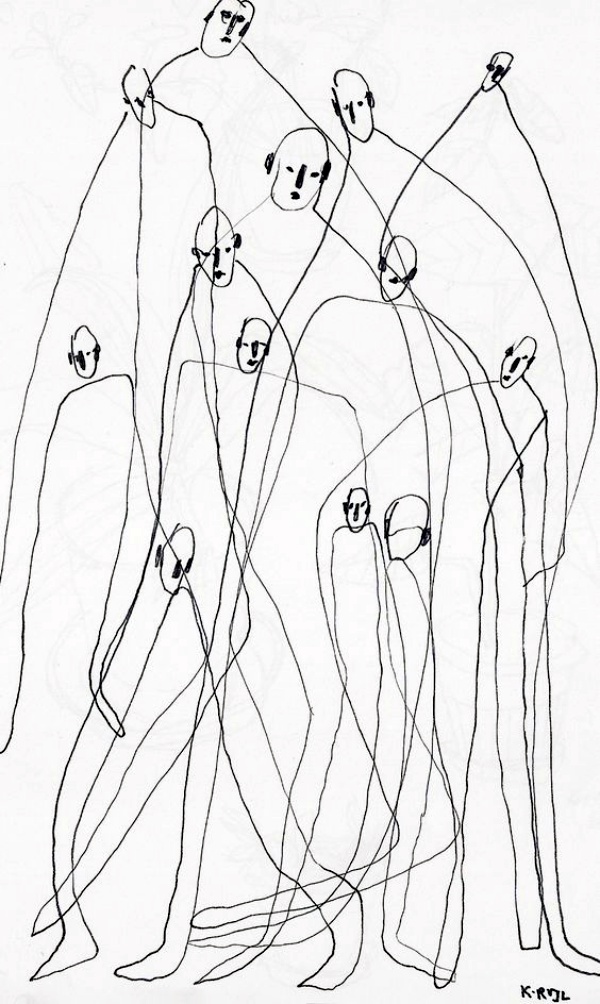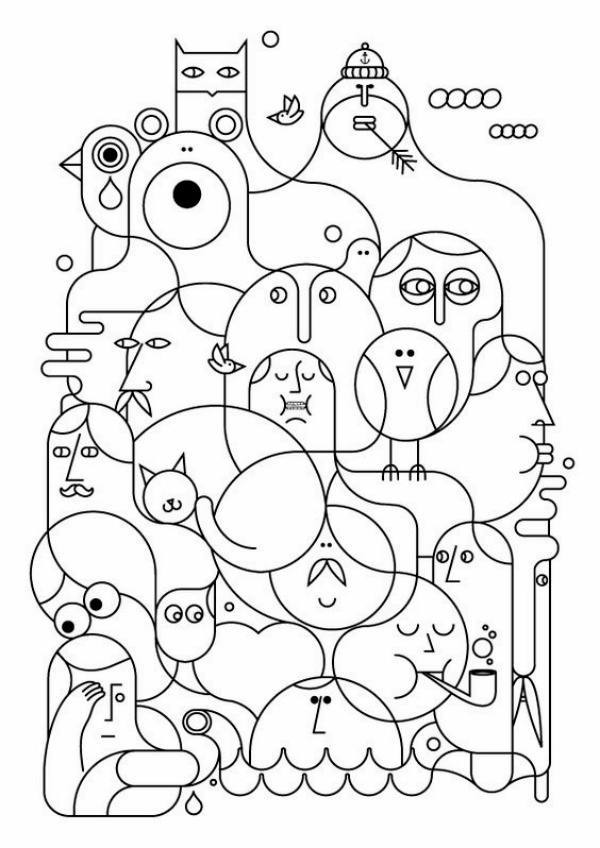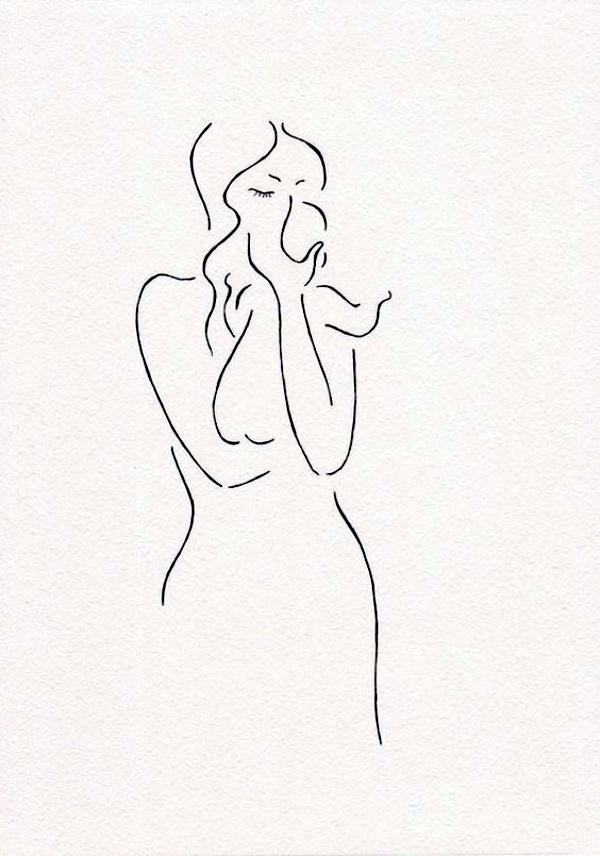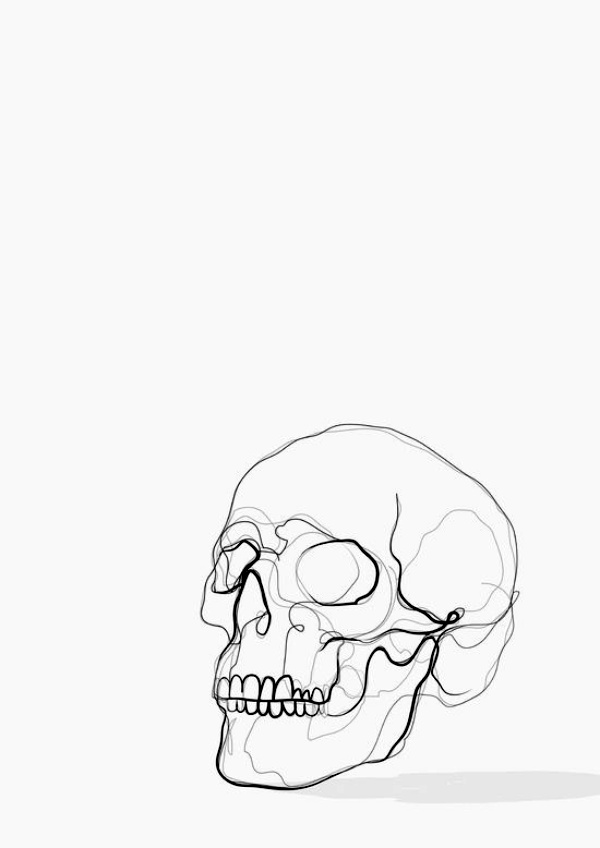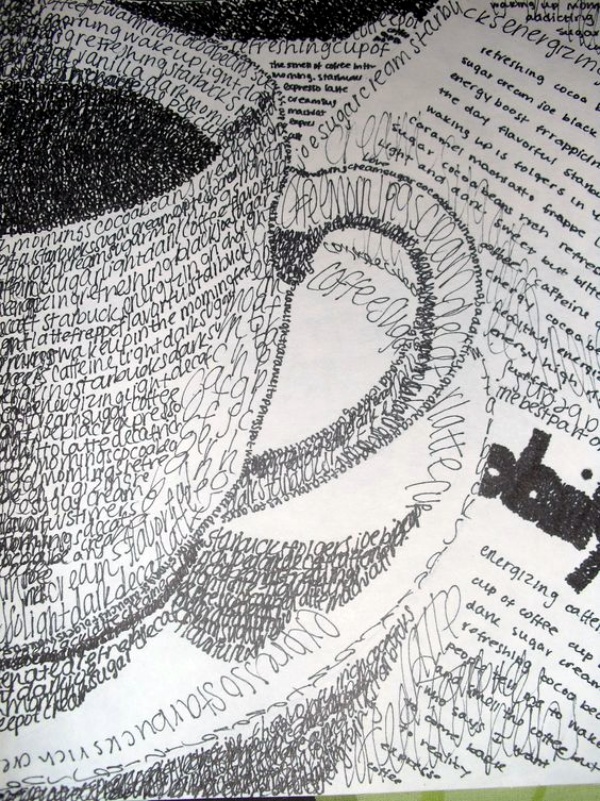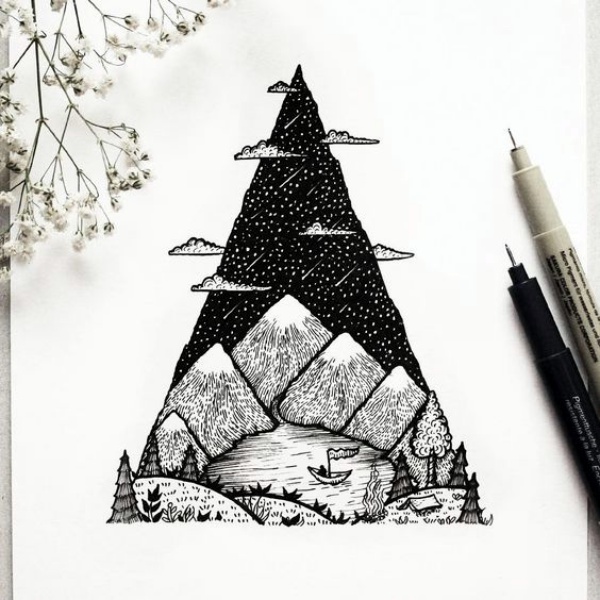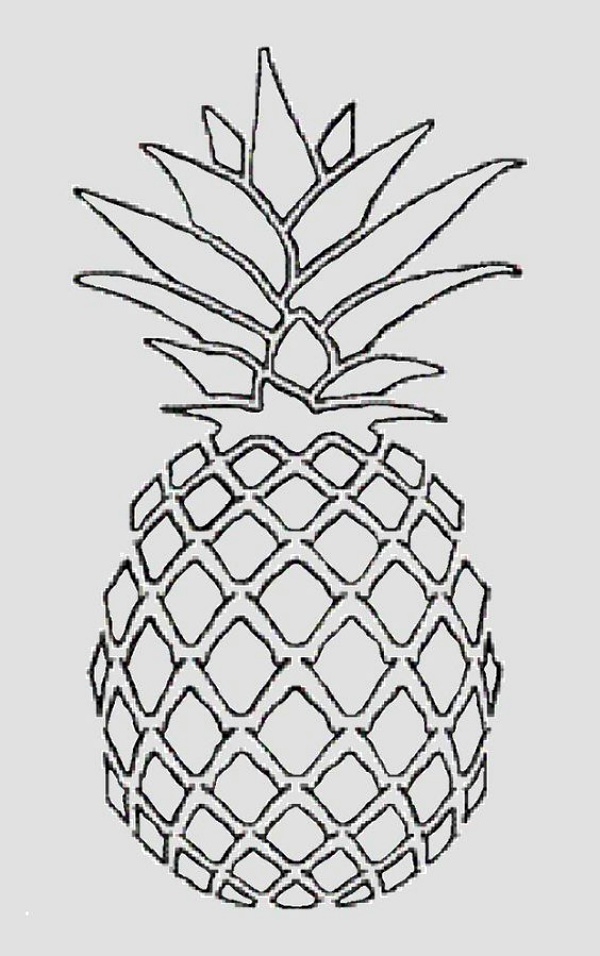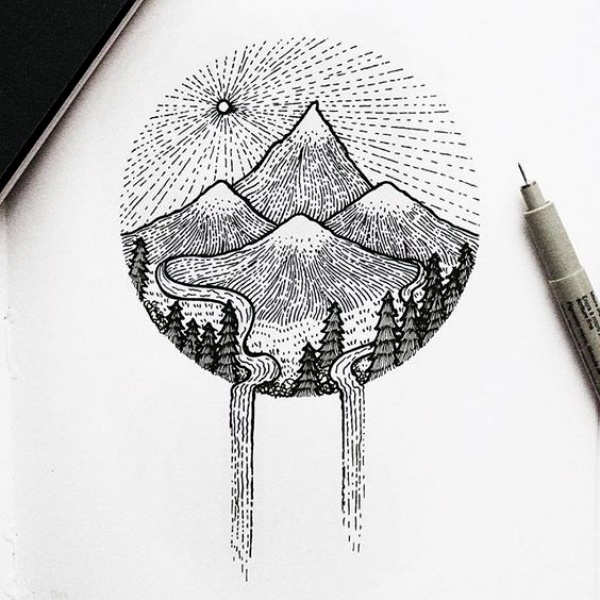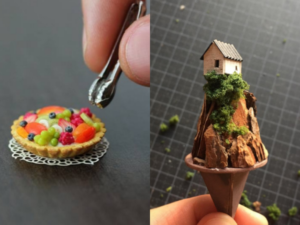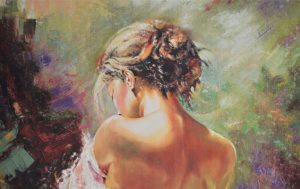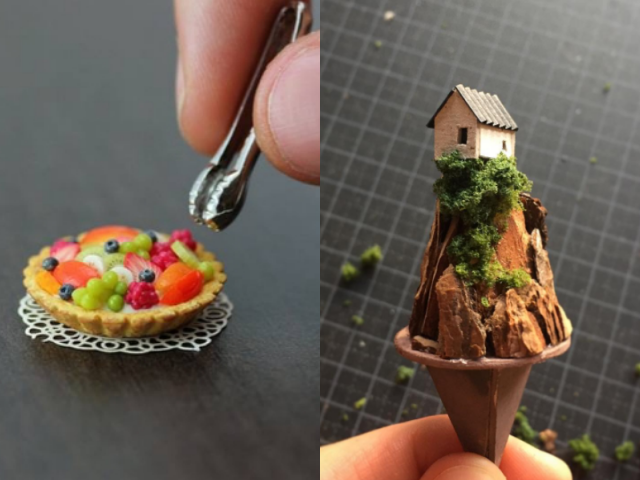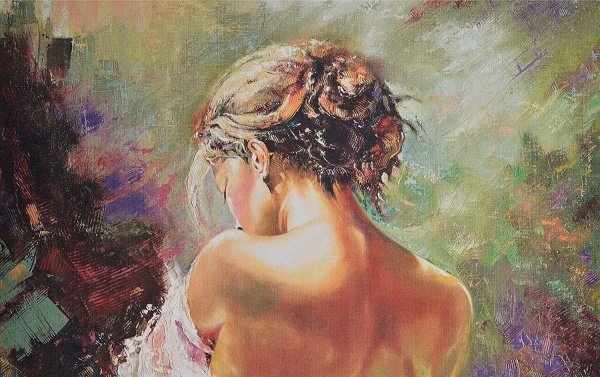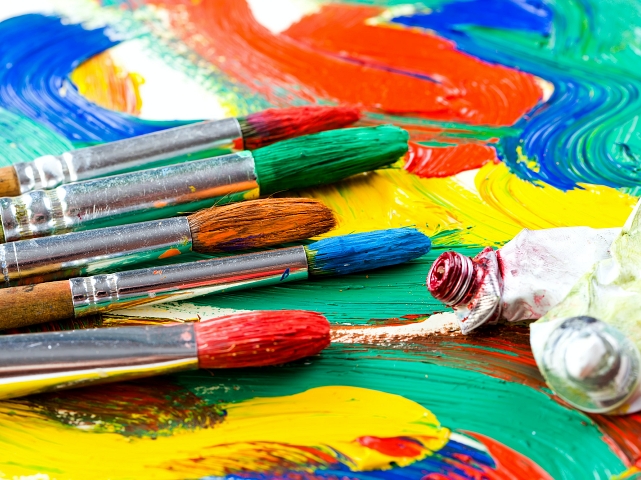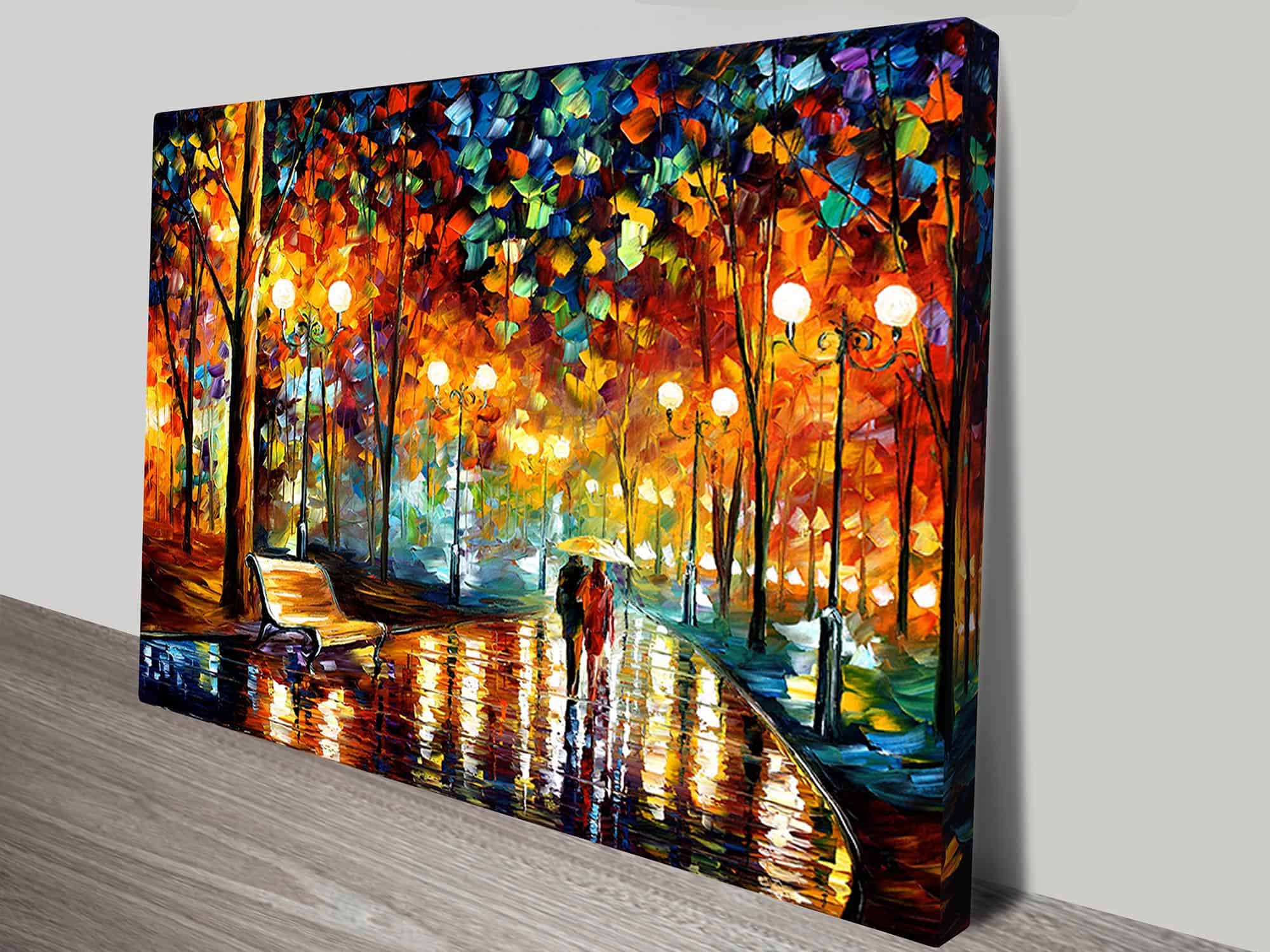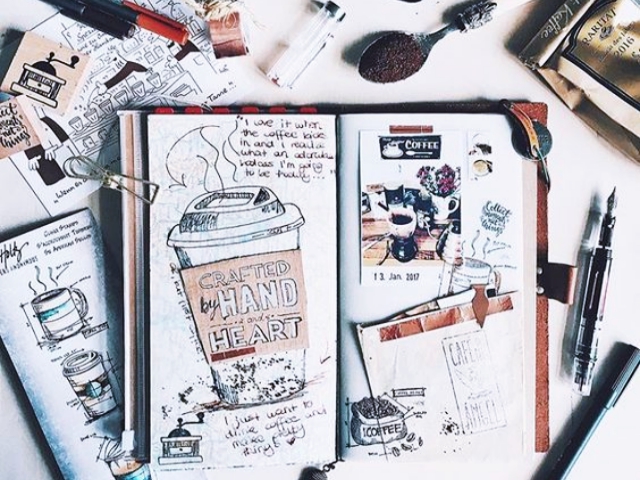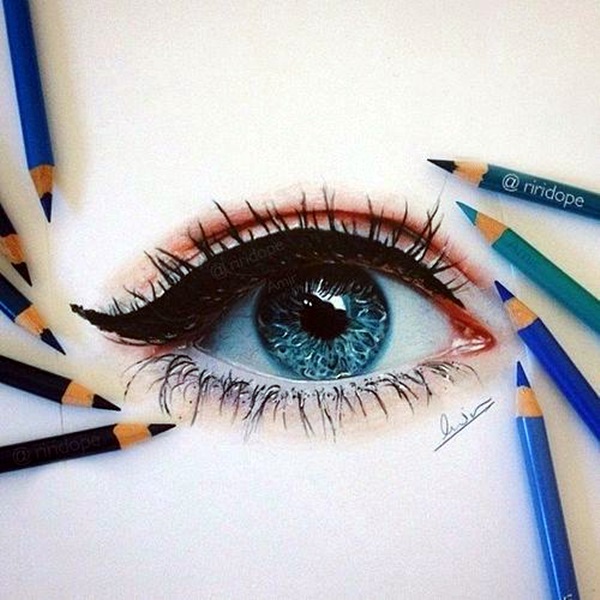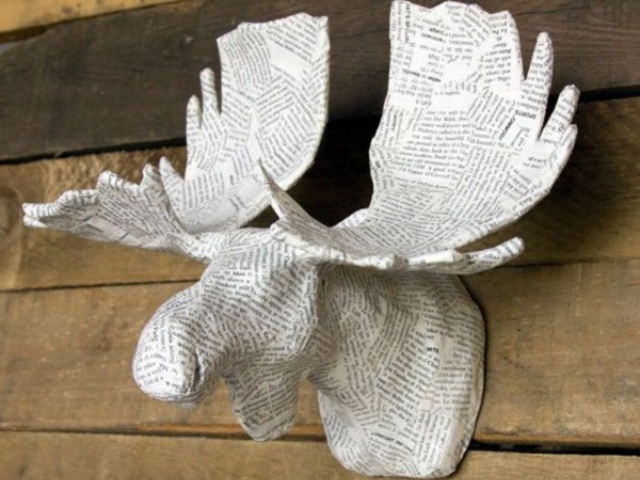They say that visual arts like drawing, painting and even sculpting starts with the drawing of a line. What if the line itself became the entire art? For those who do not really know what this is all about, the idea may seem both absurd and maybe a bit simplistic, but only until they try their hand at line drawing art. You will know exactly what we mean when you look at the best examples of line drawing art that we have shown here. You just have to take a peek at extraordinary line and wire sculptures to realize how appealing and charming they can be. The thing is that though lines are the basis or the foundation of art, or because they are the foundation, they feature in a lot of art forms.
Best Examples Of Line Drawing Art
Best Examples of Line Drawing Art
Blind Contour Drawing
A blind contour drawing contains lines that are drawn without ever looking at the piece of paper. This forces you to study a scene closely, observing every shape and edge with your eyes, as your hand mimics these on paper. The aim is not to produce a realistic artwork, but rather to strengthen the connection between eyes, hand and brain: a reminder that, when drawing, you must first learn to see.
Blind drawing is one of the best examples of line drawing art to start a high school Fine Art programme. Drawing wobbly lines that bear little resemblance to the chosen object is relaxing and stress-free. Often, a classroom bubbles with laughter at the unexpected results. Blind drawing stretches the arms and soul; eases you into observational drawing without fear.
Gesture Drawing / Timed Drawing / Movement Drawing
40 Best Examples Of Line Drawing Art
40 Cool Transformers Drawings For Instant Inspiration
40 Practically Useful Drawing Cheat Sheets to Improve your Skills
30 Borderline Genius Pencil Shaving Art Examples
A gesture drawing is completed quickly – often in short timed durations, such as 20, 30, 60 or 90 seconds using fast, expressive lines. Gesture drawings capture basic forms and proportions, the emotion and essence of a subject without focusing on detail. Due to their rapid completion, they are a great way to record movement and action, as well as increase your drawing speed, confidence and intuitive mark-making skill. Gesture drawings are best completed with smooth, easily applied mediums (chunky graphite pencils, charcoal sticks, pastels, soft brushes dipped in Indian ink, for example), without the use of an eraser. They are often completed on large, inexpensive sheets of paper, where you can move your arm fluidly, be bold with mark-making, and not worry about mistakes. As with blind drawings, gesture drawing is an ideal warm-up activity.
When you begin investigating your subject matter in the initial phase of a high school Art programme, it can be helpful to make several first-hand gestural drawings. The best of these can be selected for your final portfolio (taking advantage of a photocopier or digital camera to reduce in size, if necessary). A small still life scene can be depicted just as easily as a large moving form.
Continuous Line Drawing
A continuous line drawing is produced without ever lifting the drawing instrument from the page. This means that, in addition to outlines and internal shapes, the pencil must move back and forth across the surface of the paper, with lines doubling back on each other, so that the drawing is one free-flowing, unbroken line. To avoid the temptation to erase lines, it can be helpful to complete a continuous line drawing with an ink pen, varying the line weight, as needed, to indicate perspective and areas of light and shadow. Like the drawing methods described above, this drawing method develops confidence and drawing speed, and encourages your eyes and hand and brain to work together. Continuous line drawings work best with in-depth observation of your subject, without interference from your thinking mind.
One of the best examples of line drawing art, this method is great for sketchbooks and drawing from life. It can be an excellent starter activity, with drawings completed on large, inexpensive paper that can be scanned / edited / cropped and used in other ways within your projects.
Contour drawing
A contour drawing shows the outlines, shapes and edges of a scene, but omits fine detail, surface texture, colour and tone. The purpose of contour drawing is to emphasize the mass and volume of the subject rather than the detail; the focus is on the outlined shape of the subject and not the minor details.
The illusion of three-dimensional form, space and distance can be conveyed in a contour drawing through the use of varied line-weight (darker lines in the foreground / paler lines in the distance) and perspective.
Using line alone eliminates the challenge of applying tone, colour and mediums; and instead focuses attention solely upon shape and proportion. After completing warm-up activities such as blind and gesture drawings, slower, more formal contour drawings can be an excellent way to begin more realistic representations of your subject matter. Used intermittently throughout projects, contour drawings can also be helpful for the student who needs to work faster.
Cross contour drawing
A cross contour drawing contains parallel lines that run across the surface of an object (or radiate from a central point), such as those that appear on a topographical map or a digital wireframe. The lines can run at any appropriate angle (sometimes at multiple angles) and may continue across objects and into the background. Cross contour drawings typically follow the rules of perspective, with lines drawn closer together in the distance and further apart in the foreground. In this type of drawing, the illusion of three-dimensional volume is created entirely with line.
One of the best examples of line drawing art, this is an excellent way to gain familiarity with the volumes and three-dimensional forms in your project, producing analytical cross contour drawings that are suitable for sketchbooks or early preparatory sheets.
Planar analysis drawing
A planar analysis drawing simplifies complex curved surfaces into flat planes, using straight lines. This process helps students to think about the underlying structure of objects and results in an analytical drawing that is rather mechanical in appearance. This can be a great introductory drawing exercise, especially if you are moving towards Cubism or abstracting scenes into geometric form.
Wire sculpture drawings
Wire can be cut and bent into shapes with pliers to create three-dimensional ‘drawings’, often resulting in a work filled with flowing, curved lines. These wire sculptures can be attached to a two-dimensional frame or a flat surface, hung in the air, or be left free-standing, changing in appearance as a viewer moves around the room. Due to their flexible nature, wire sculptures often move slightly in the wind, adding an extra interactive element to the work.
This is an excellent activity for middle school students and for high school students, if it relates specifically to your project (and does not interfere with postage requirements, for those who need to post work away for assessment). Small wire experiments, using light-weight wire, can also be mounted to sketchbook pages.
Hatching, cross hatching, and other line techniques
As well as representing contours, line can also be used to apply tone (light and shadow) to a drawing. This can be done by altering the:
Gap between the lines
Lightness / darkness of the line
Thickness of the line
There are many line techniques can be used to create tone, as illustrated in the worksheet below. Common techniques include:
Small dashes
Hatching (long, parallel lines on an angle)
Cross-hatching (parallel lines at right angles)
Stippling (dots)
Scribbles
Small crosses
Small circles
The angle that these techniques are applied may remain constant within a drawing, or it may change in response to the angle and direction of the forms. For example, cross-hatching may flow around the surface of an object in a similar direction as cross contour lines. These techniques are also a great way to create the illusion of texture.
For instance, you can see some of the best examples of line drawing art in original line tattoo designs that are not only appealing to look at but also have a lot of significance. Some people believe that unless you master the art of drawing lines to depict something, you will not be able to become a good artist. Even when you look at complete abstract paintings of women, you will realize that you will in any case need to master the art of drawing lines so that you can move on to the next level.
When you look at the line drawing art we have shown here along with this article, you will realize that not all of them are same or even remotely similar. Starting from the simple outline of the flowers and leaves that are shown here that have a life of their own in spite of being composed completely of lines to the most complicated drawing depicting texture, they all have a distinctiveness. Take for example the drawing of the shell composed entirely of lines but still managing to show texture and depth of the spirals on the shell, and you will know what we mean.
The next one just seems to be a collection of lines done in different ways at first but the more you gaze at them, the more you will discover. And the very simple drawing of a woman dancing with her arms outspread may look simple but it is not easy as the few lines seem to speak volumes in this one and is a testament to the skill of the artist. Zentangle drawings seem to draw their own existence from the way the lines are drawn. The many profile drawings shown here of men and women in many poses show different states of mind and emotions without too much effort. Even cute superheroes can look in this format. And the depiction of a woman in profile with a singular line seems so profound.
You can also create surrealistic drawings that shows levers and birds at the same time with the use of simple lines. An entire cityscape can be shown with the use of lines. Those who work only with lines to create their incredible art tend to veer from the simple reality that they wanted to draw to the most fantastic concepts that they can think of. For instance, one of the drawings show the disintegration of a man in such a stark but clear way using just lines.
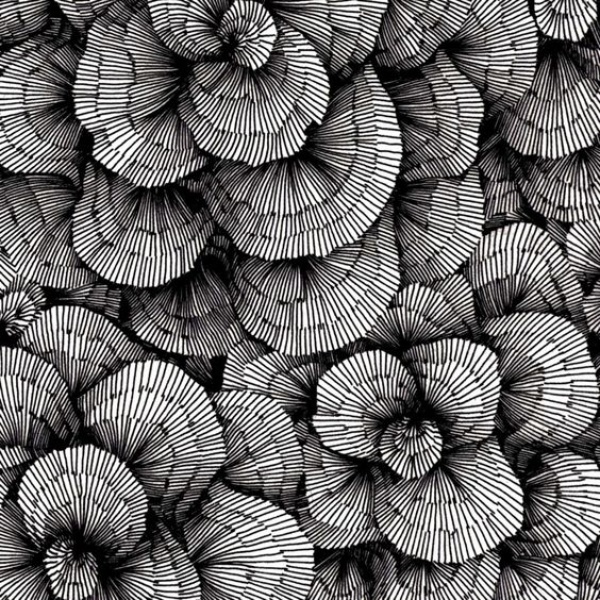
From a simple feather to a violent fight, all these things can be shown using just lines but it not easy at all. It takes a lot of skill not to mention imagination and dexterity to get right.

